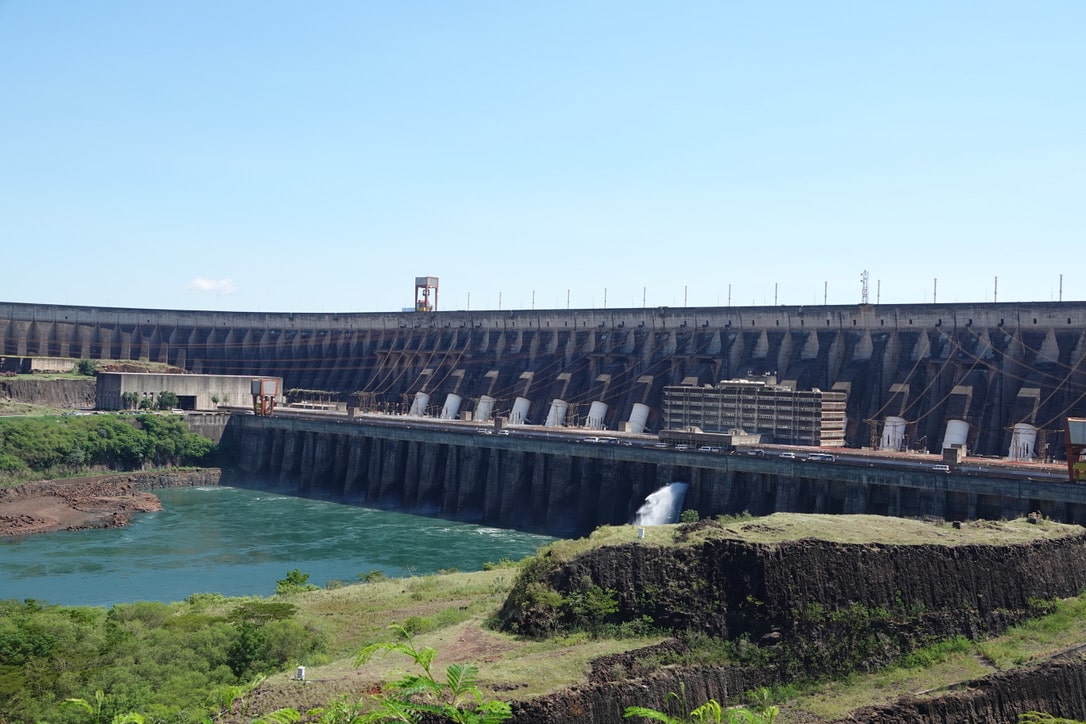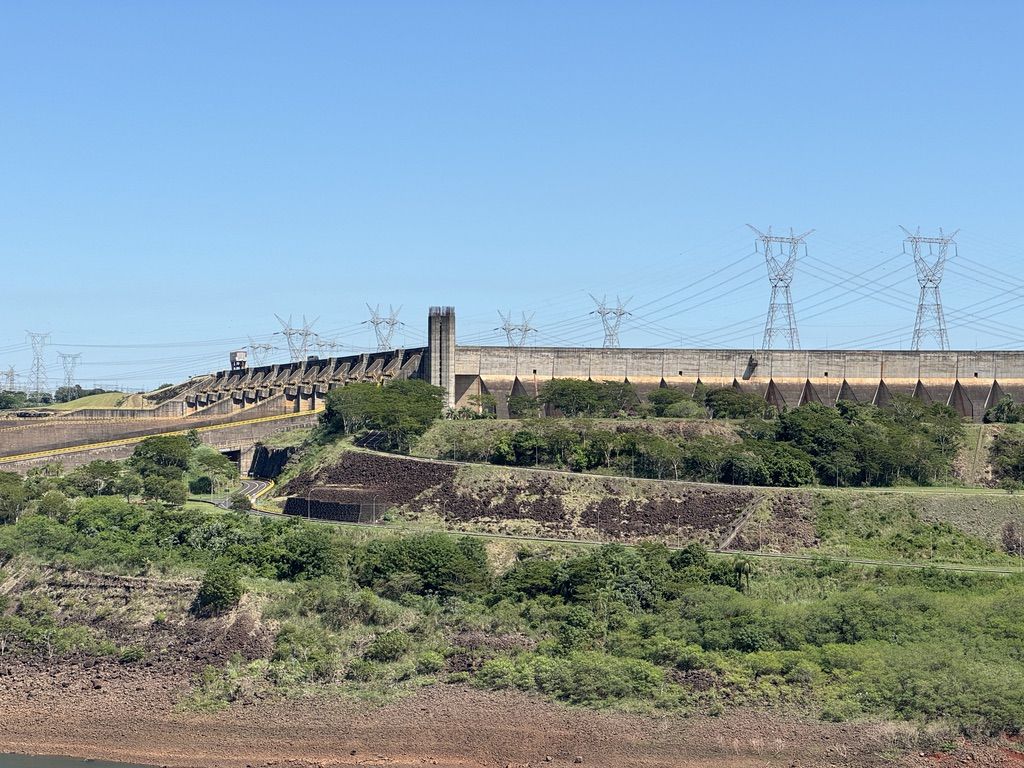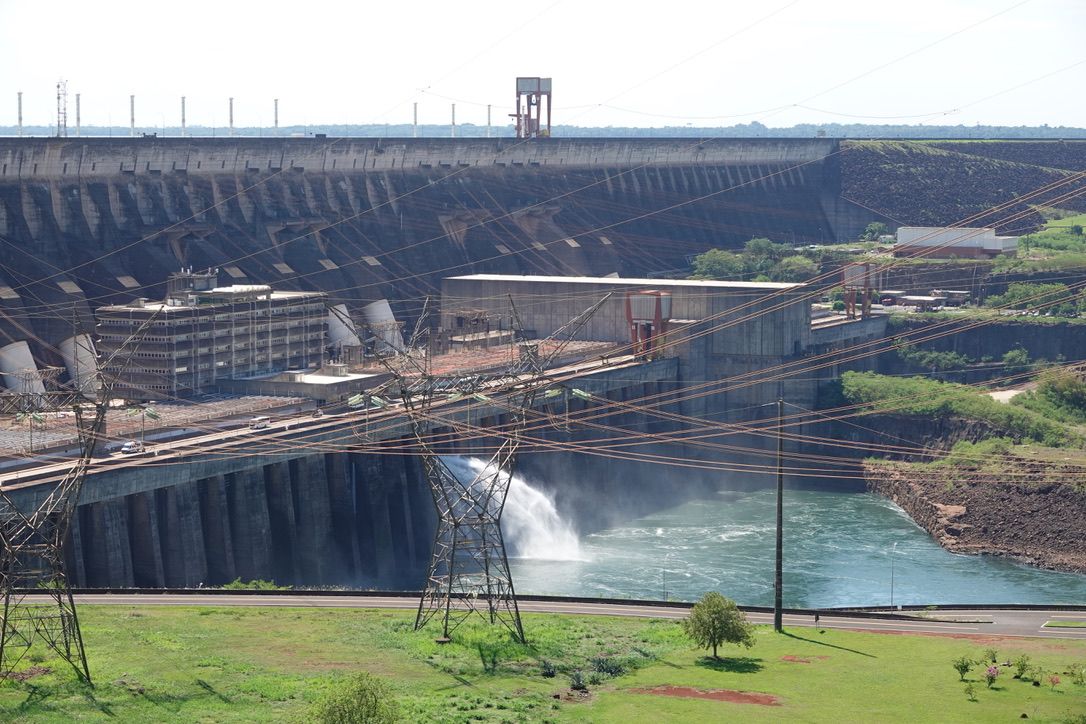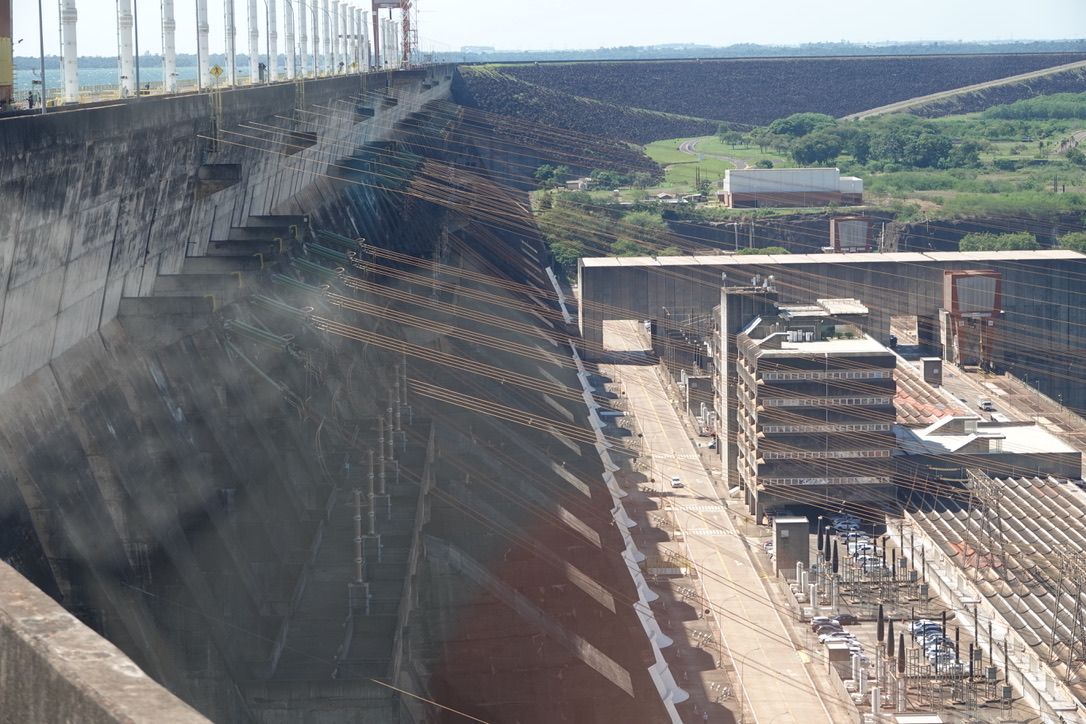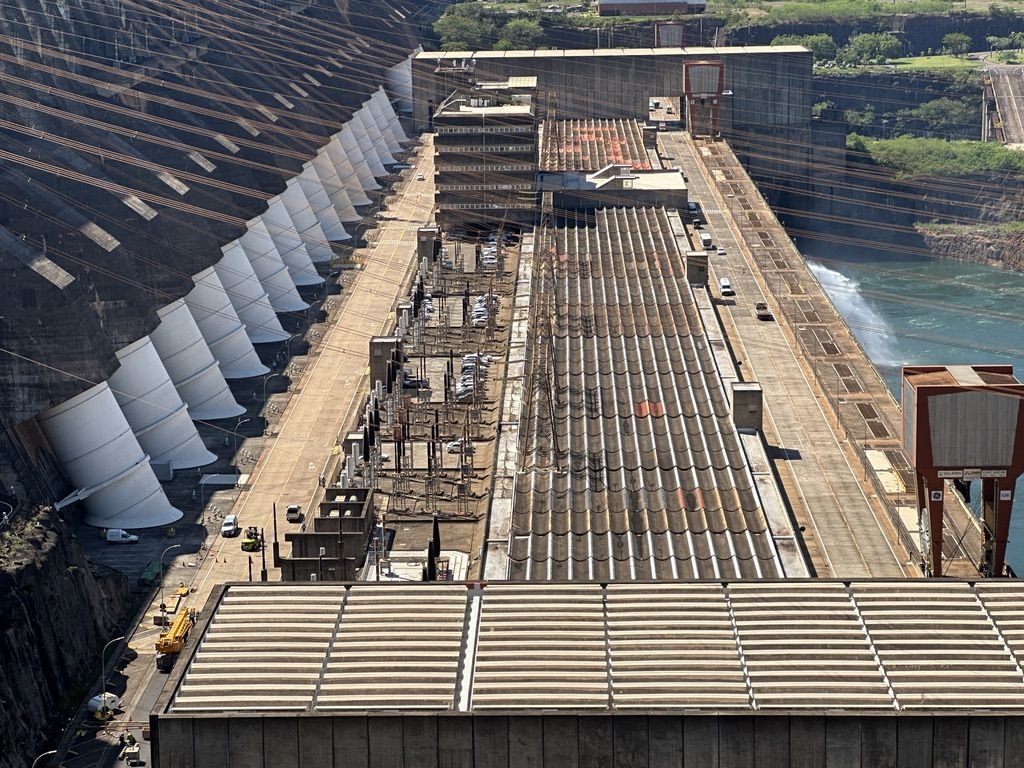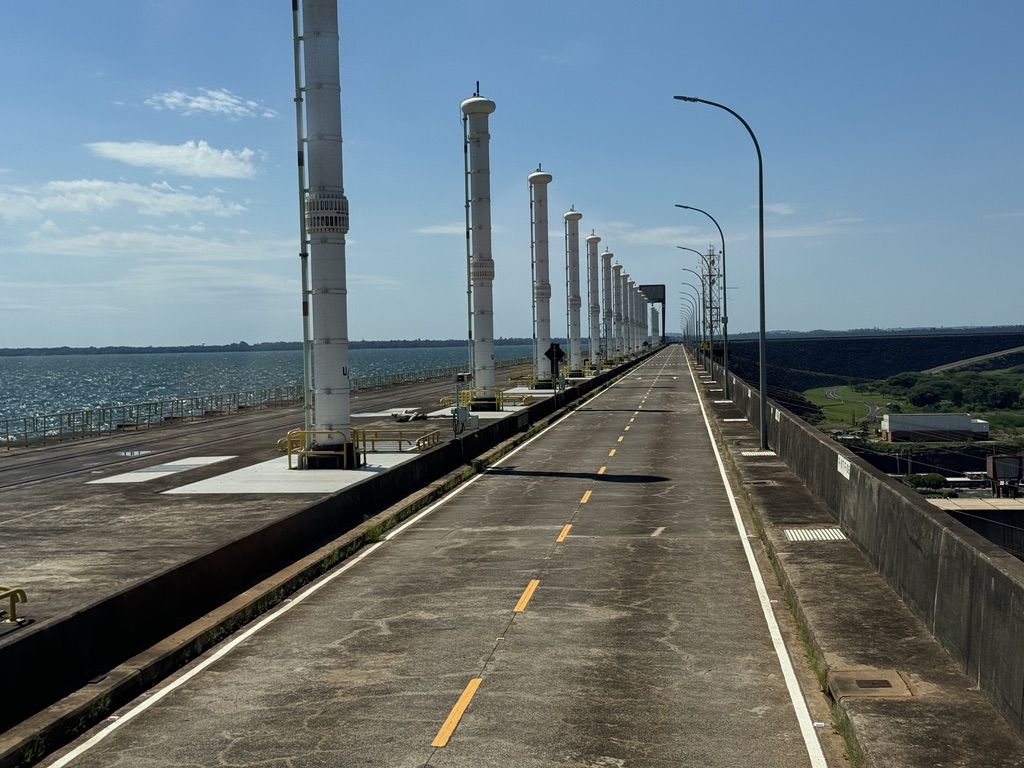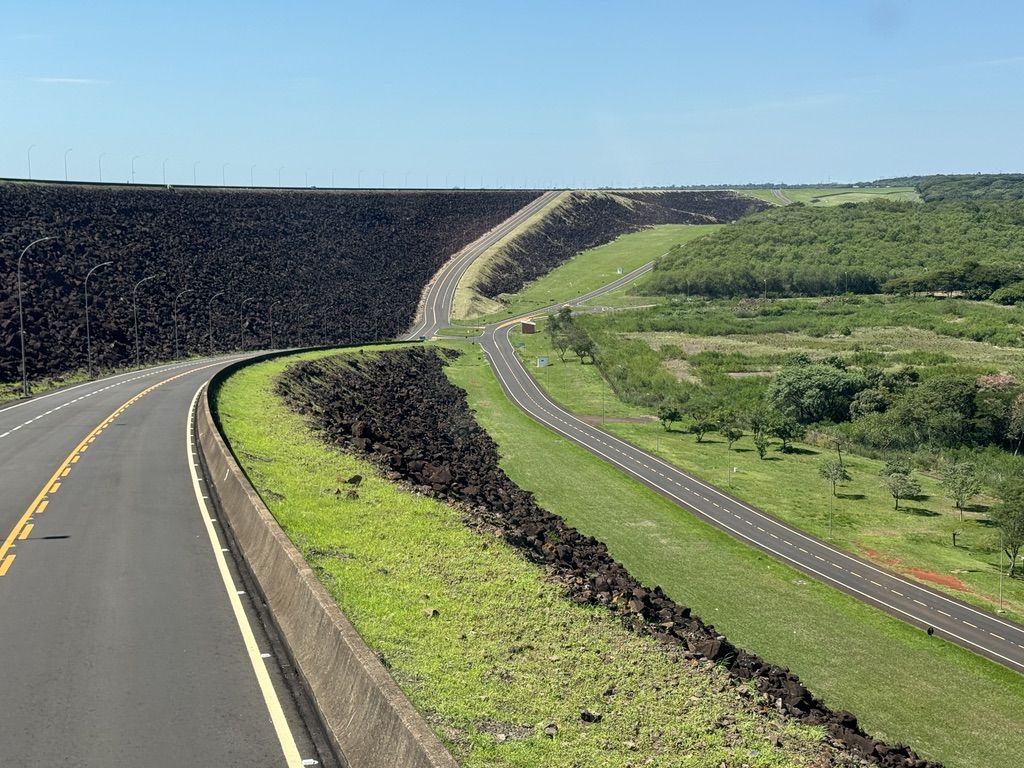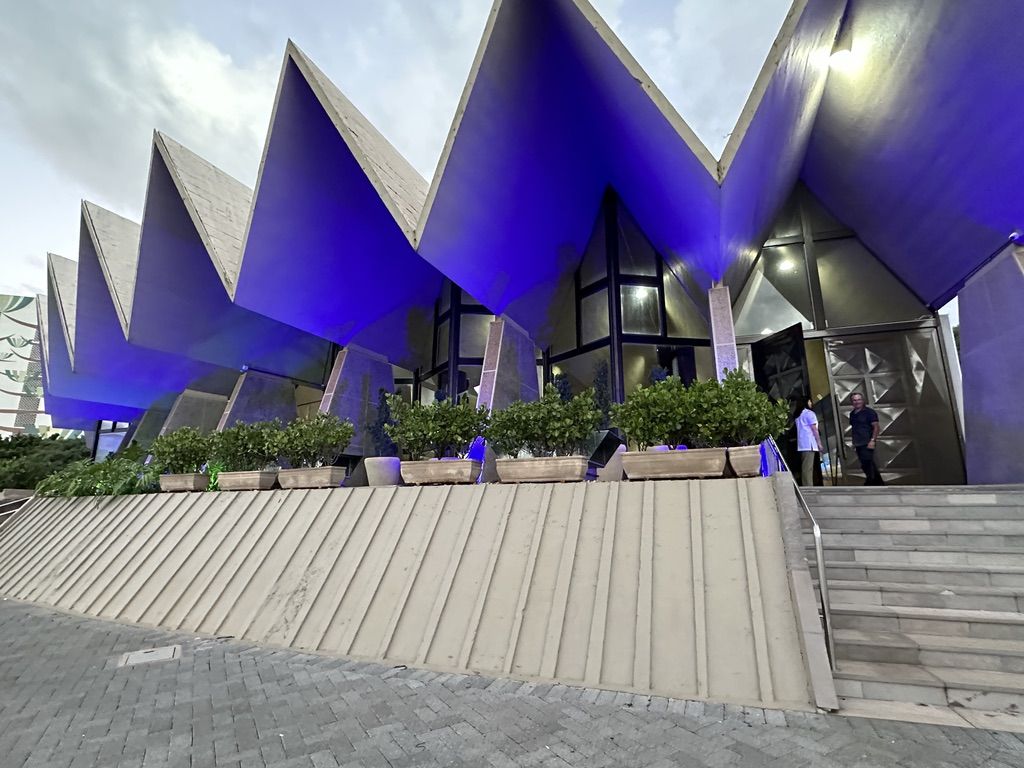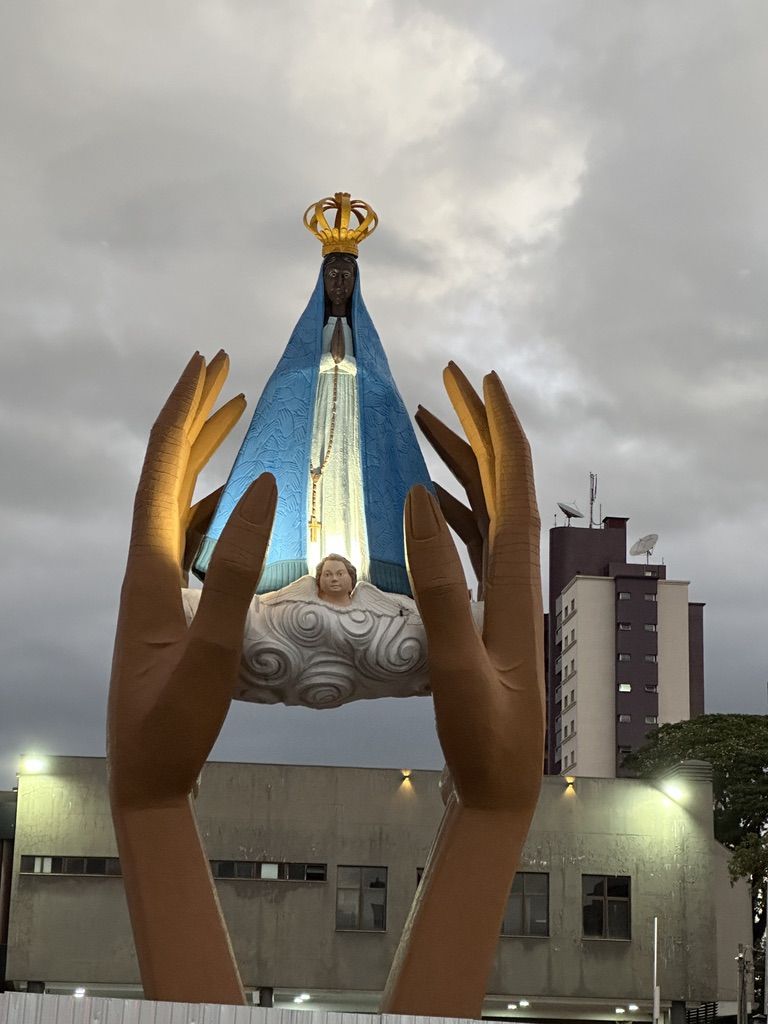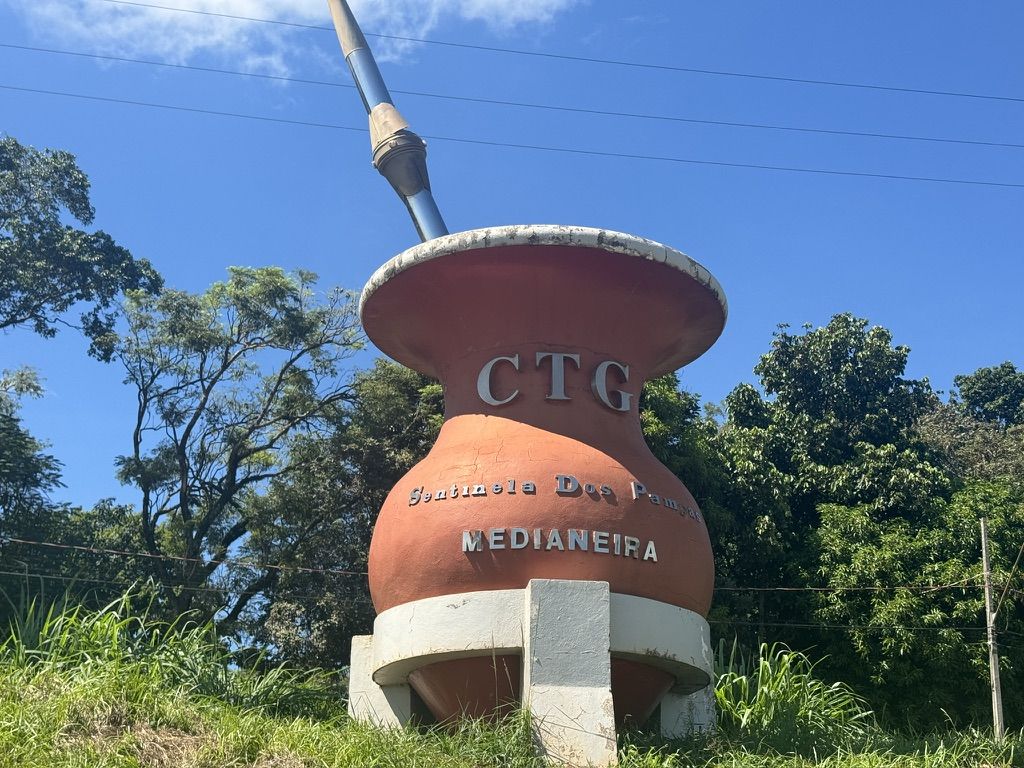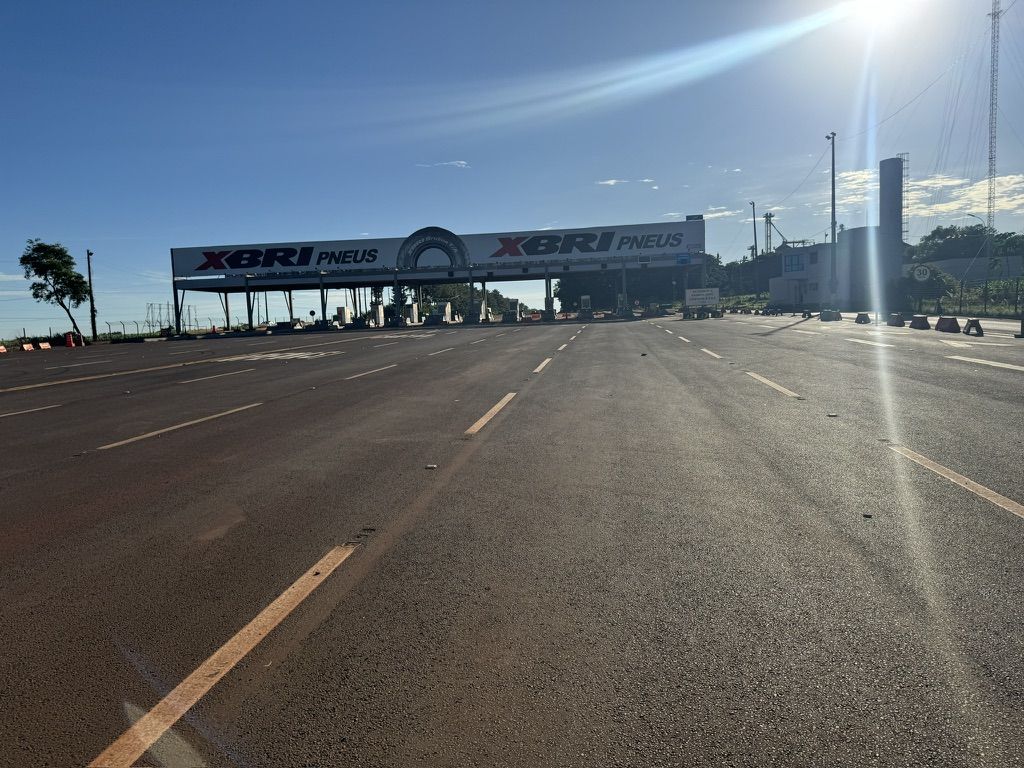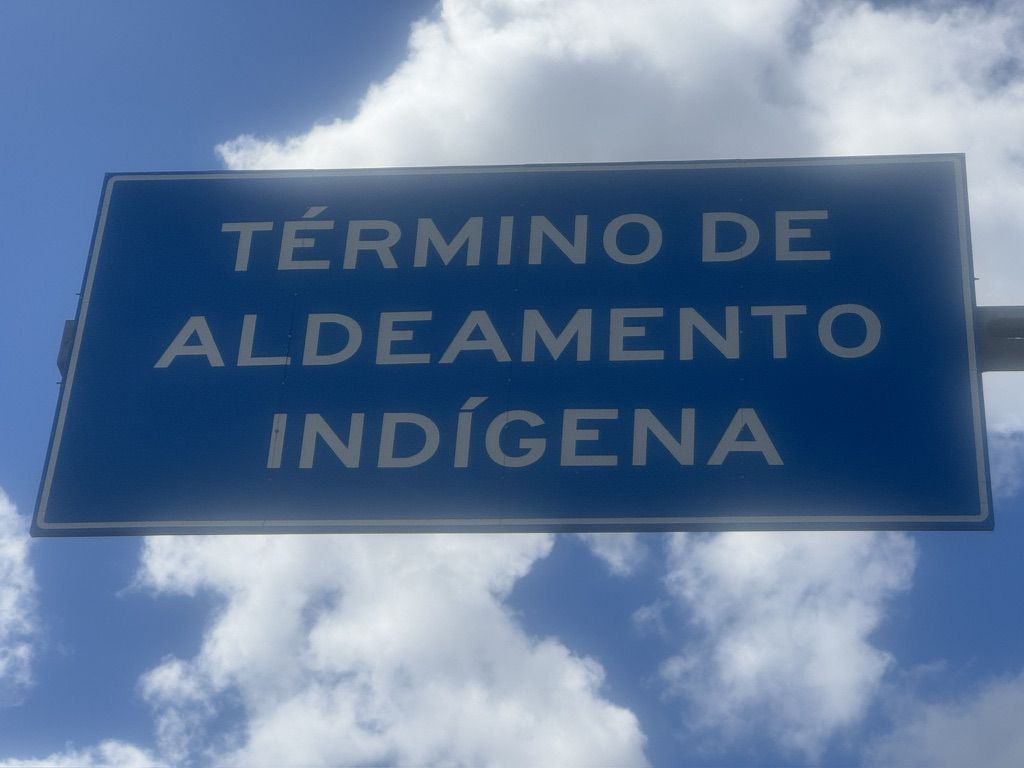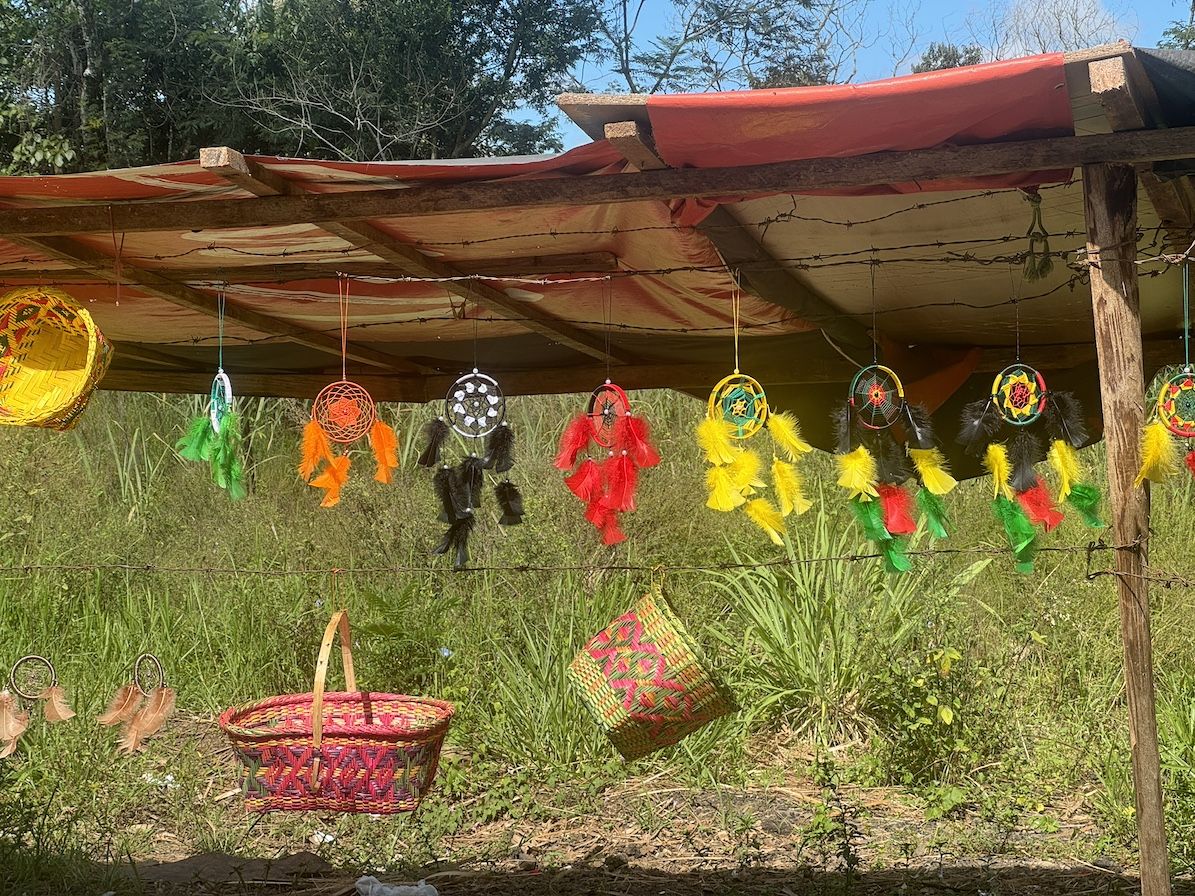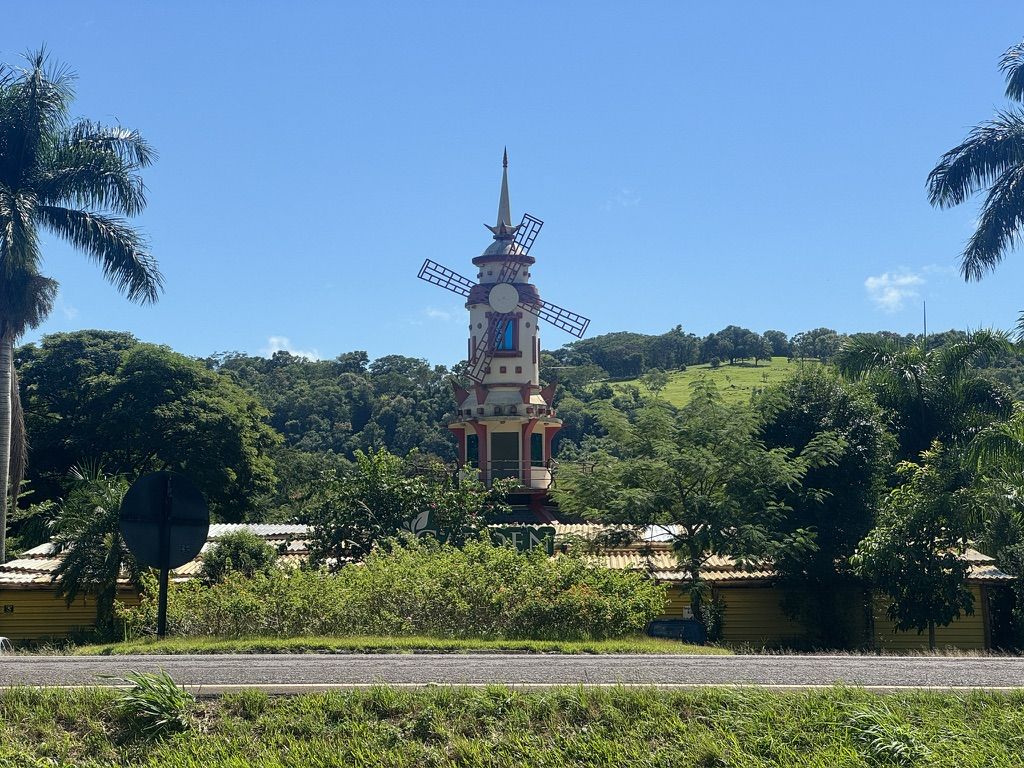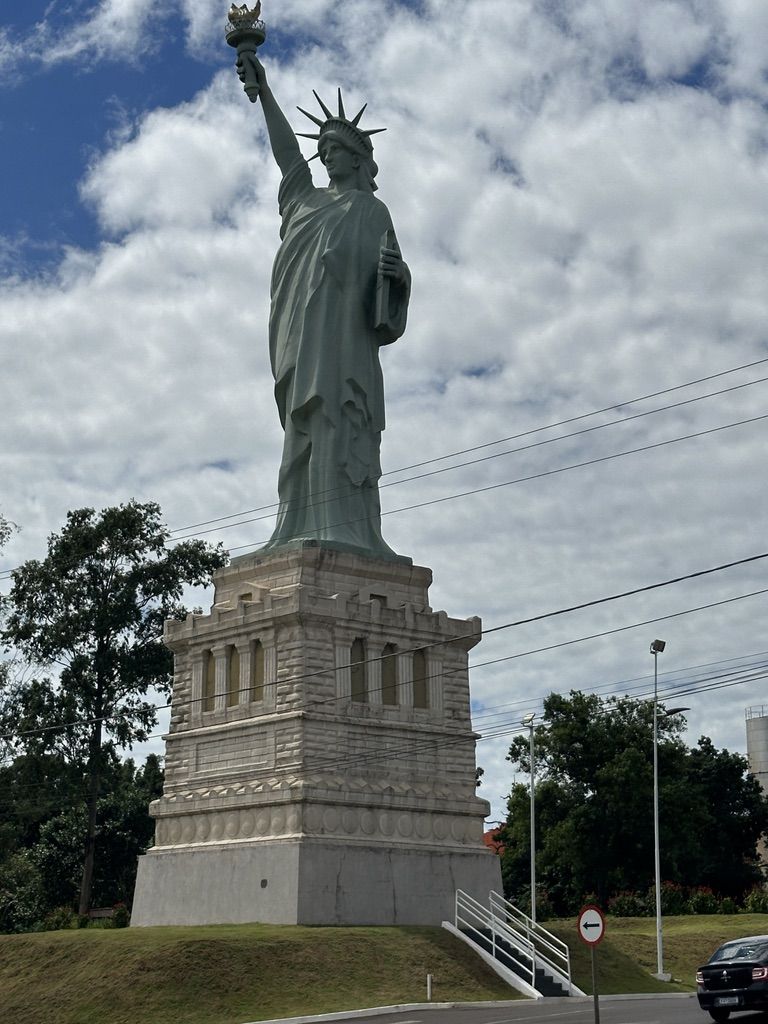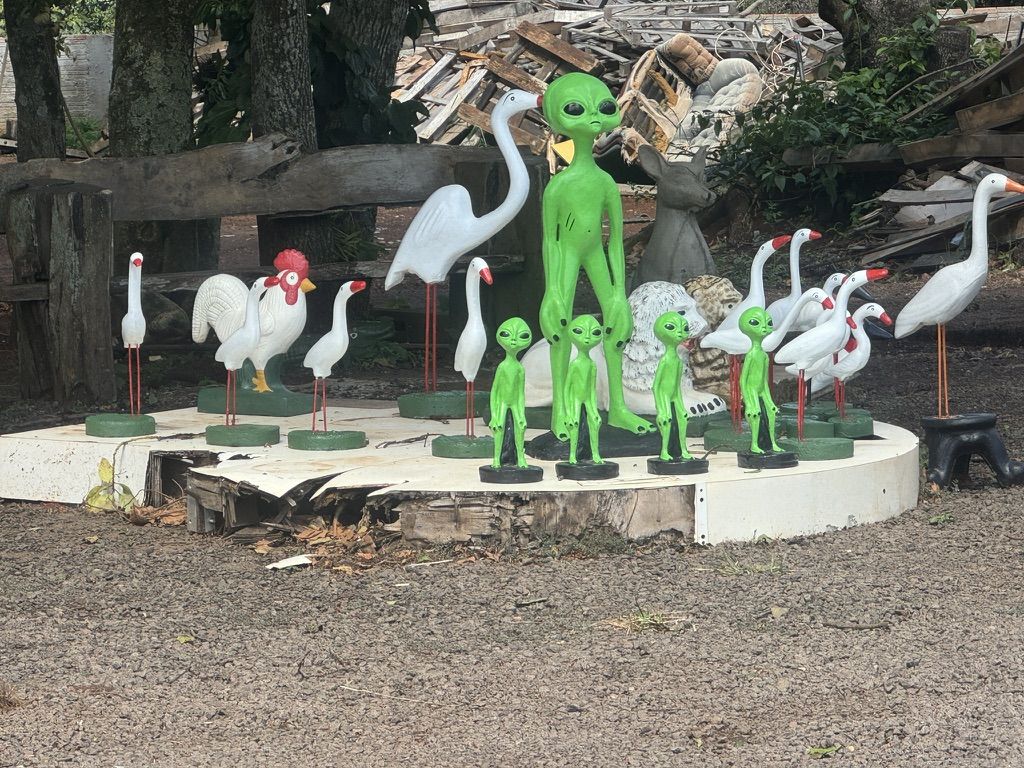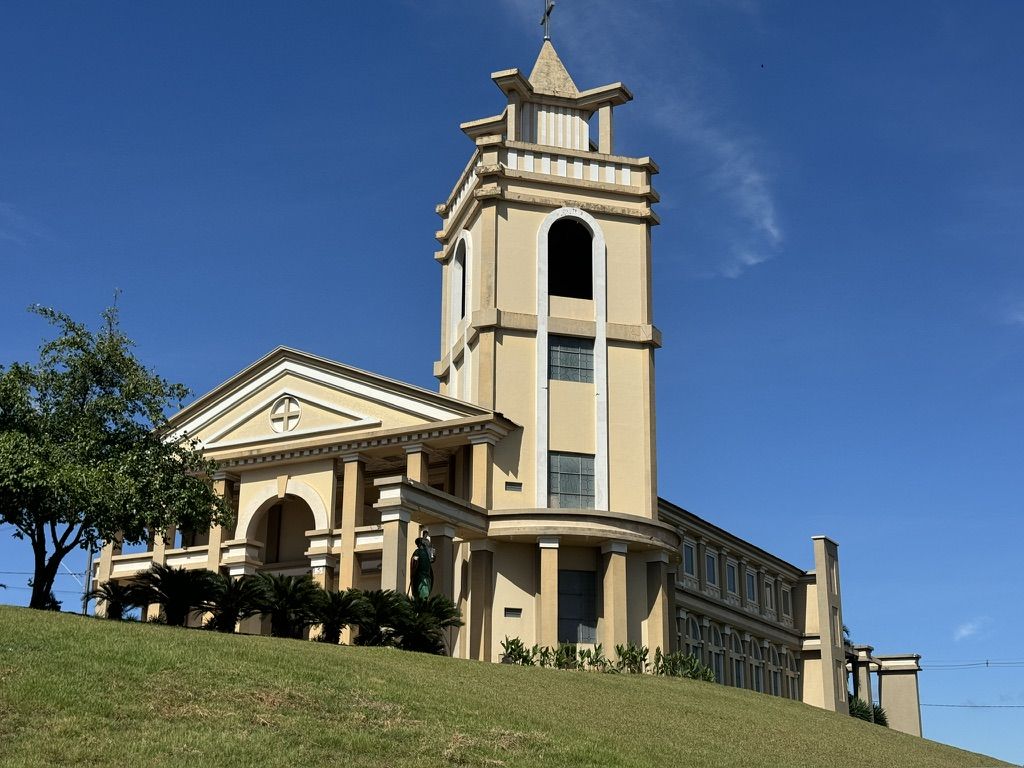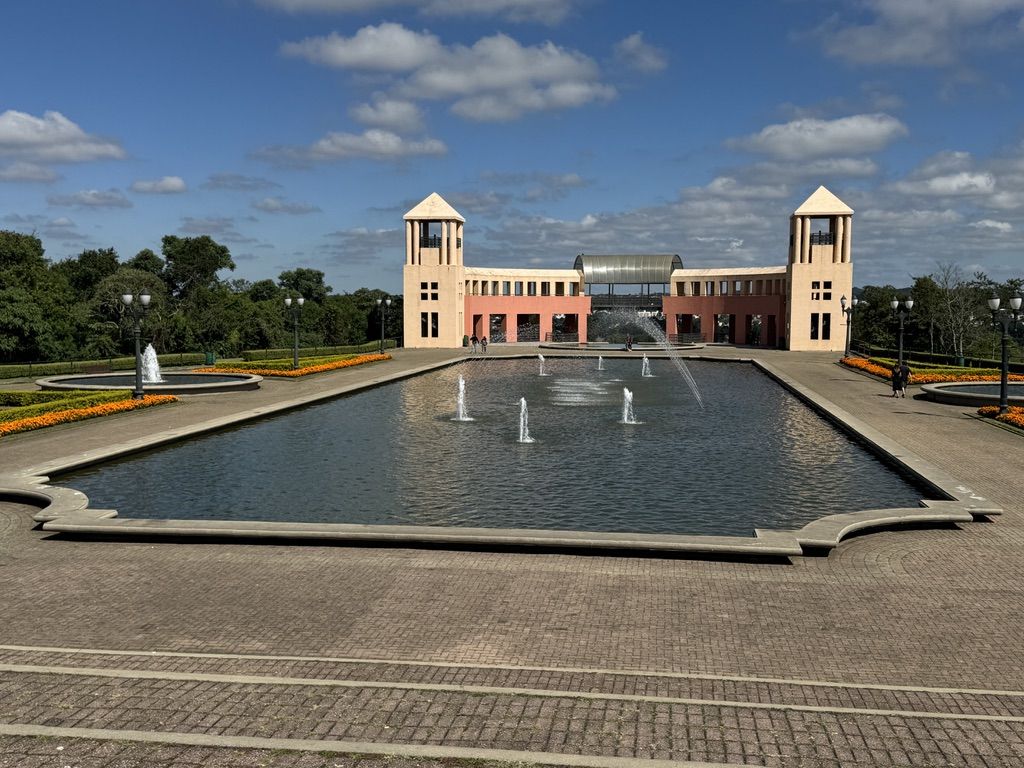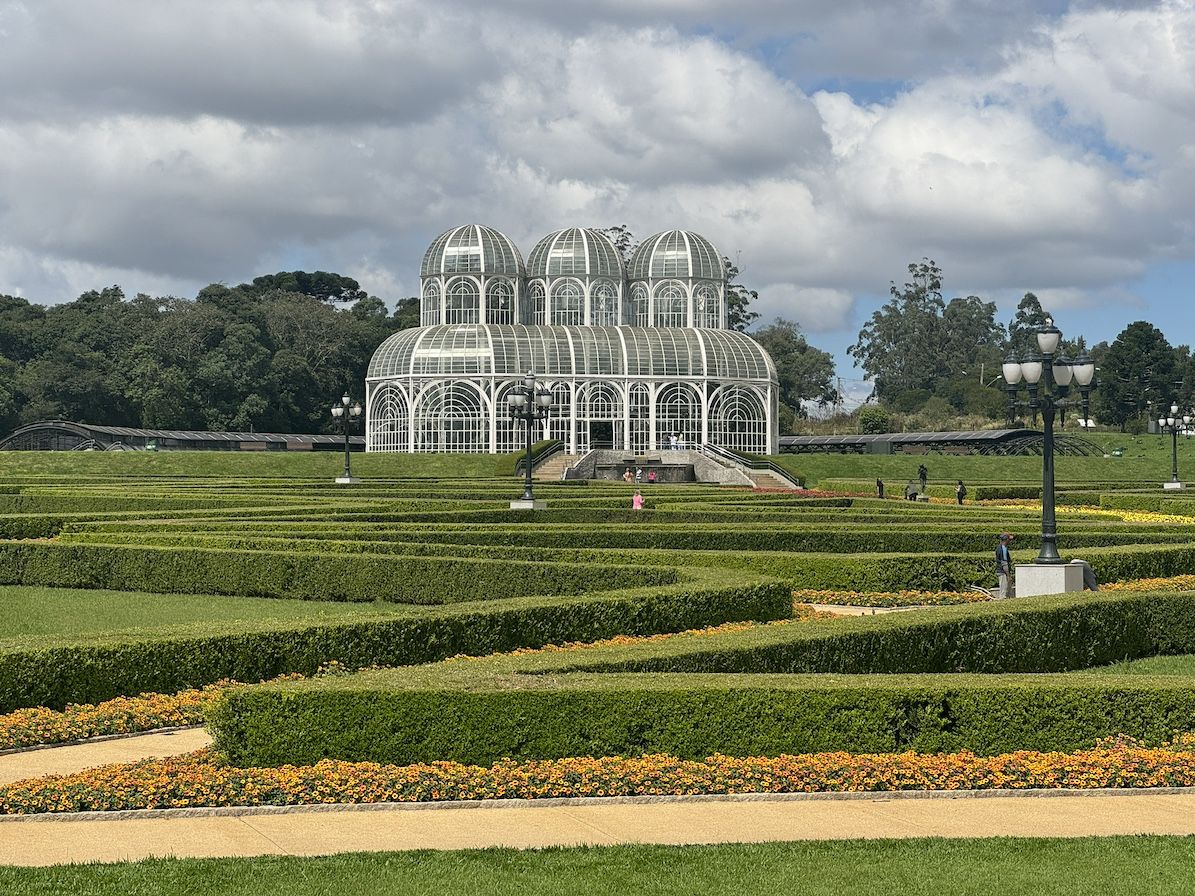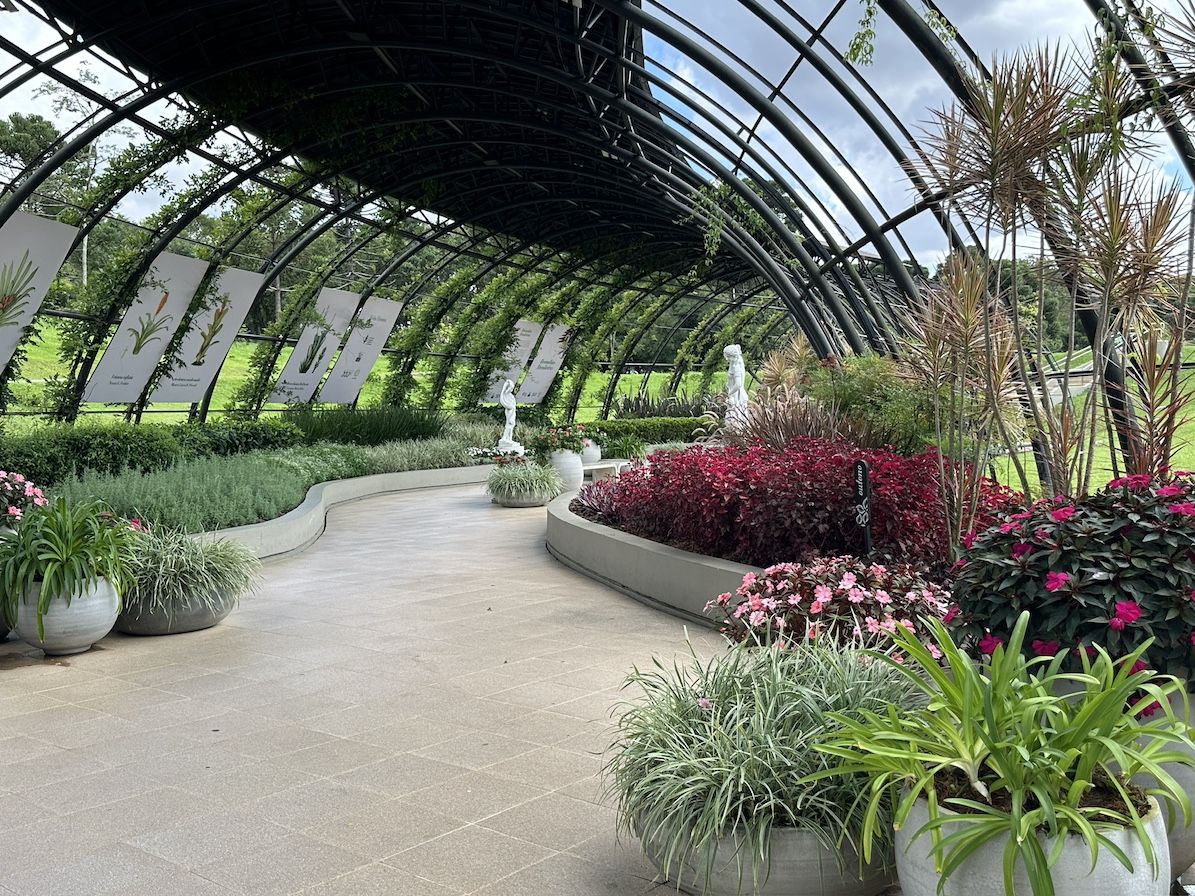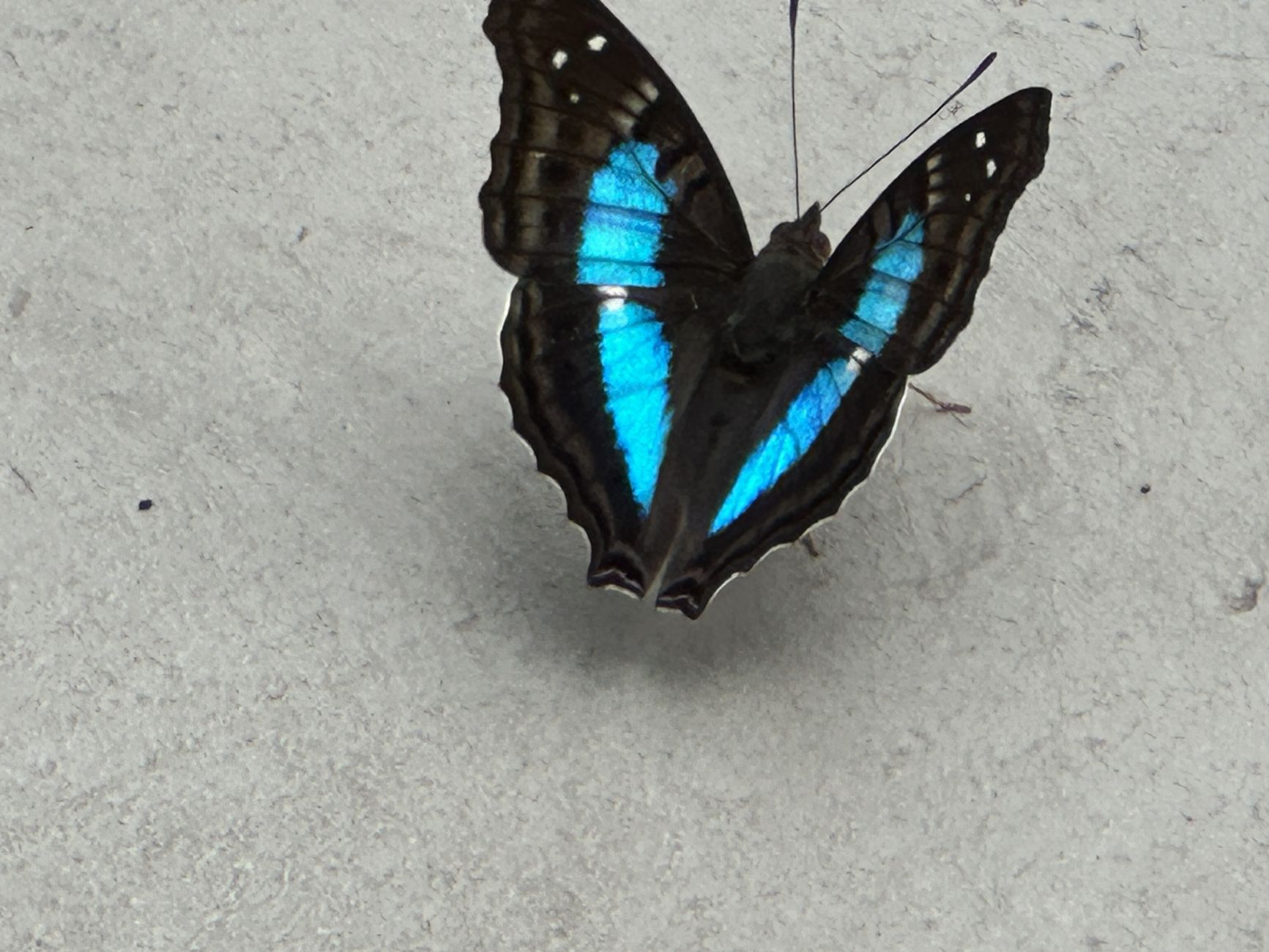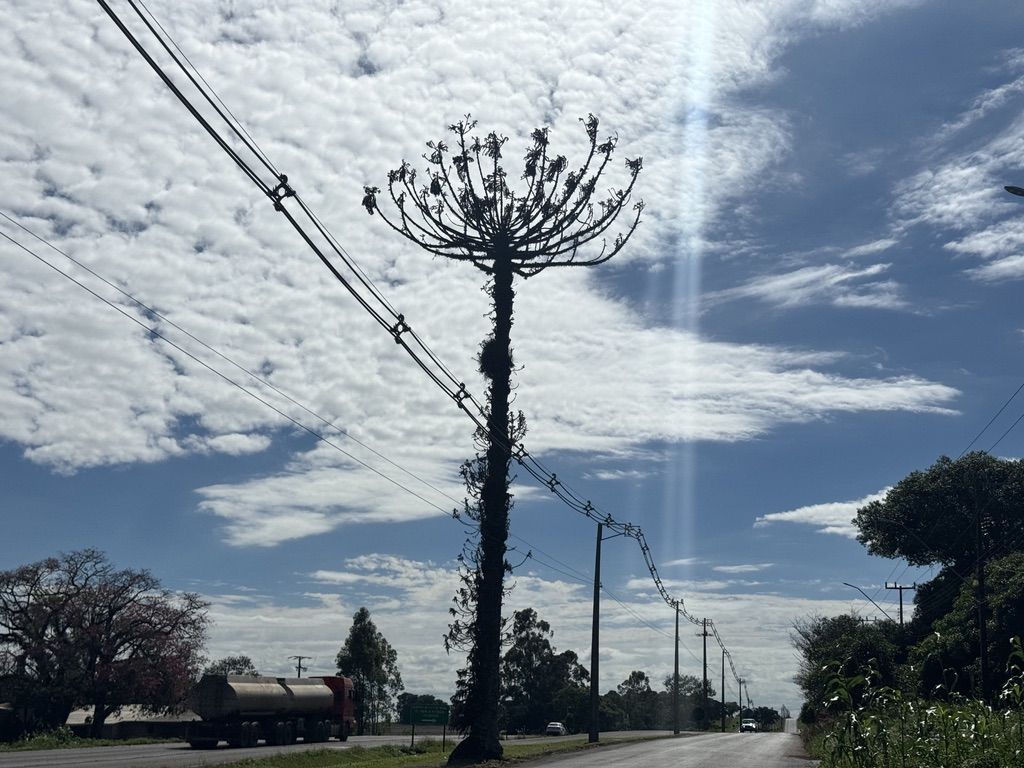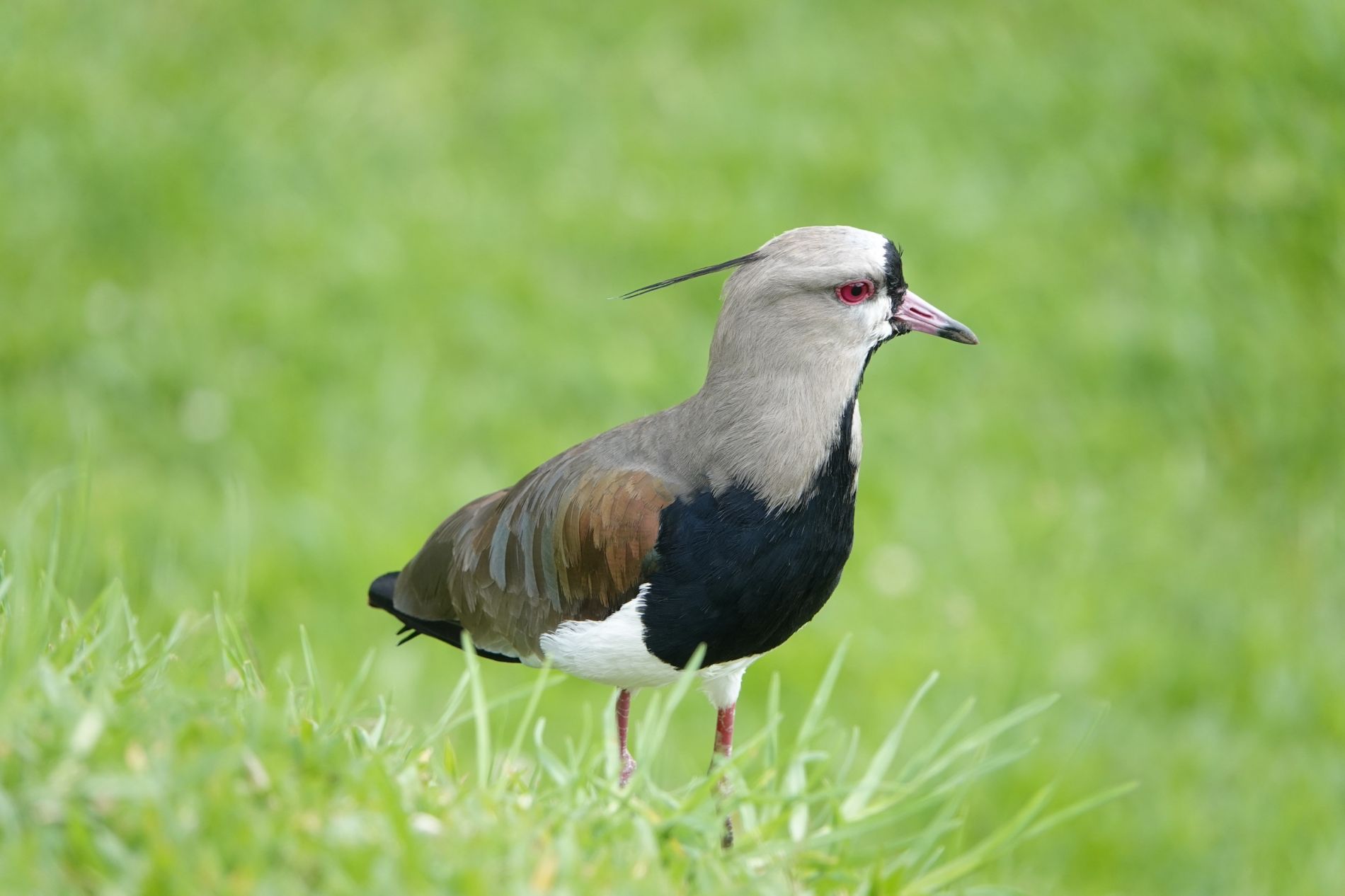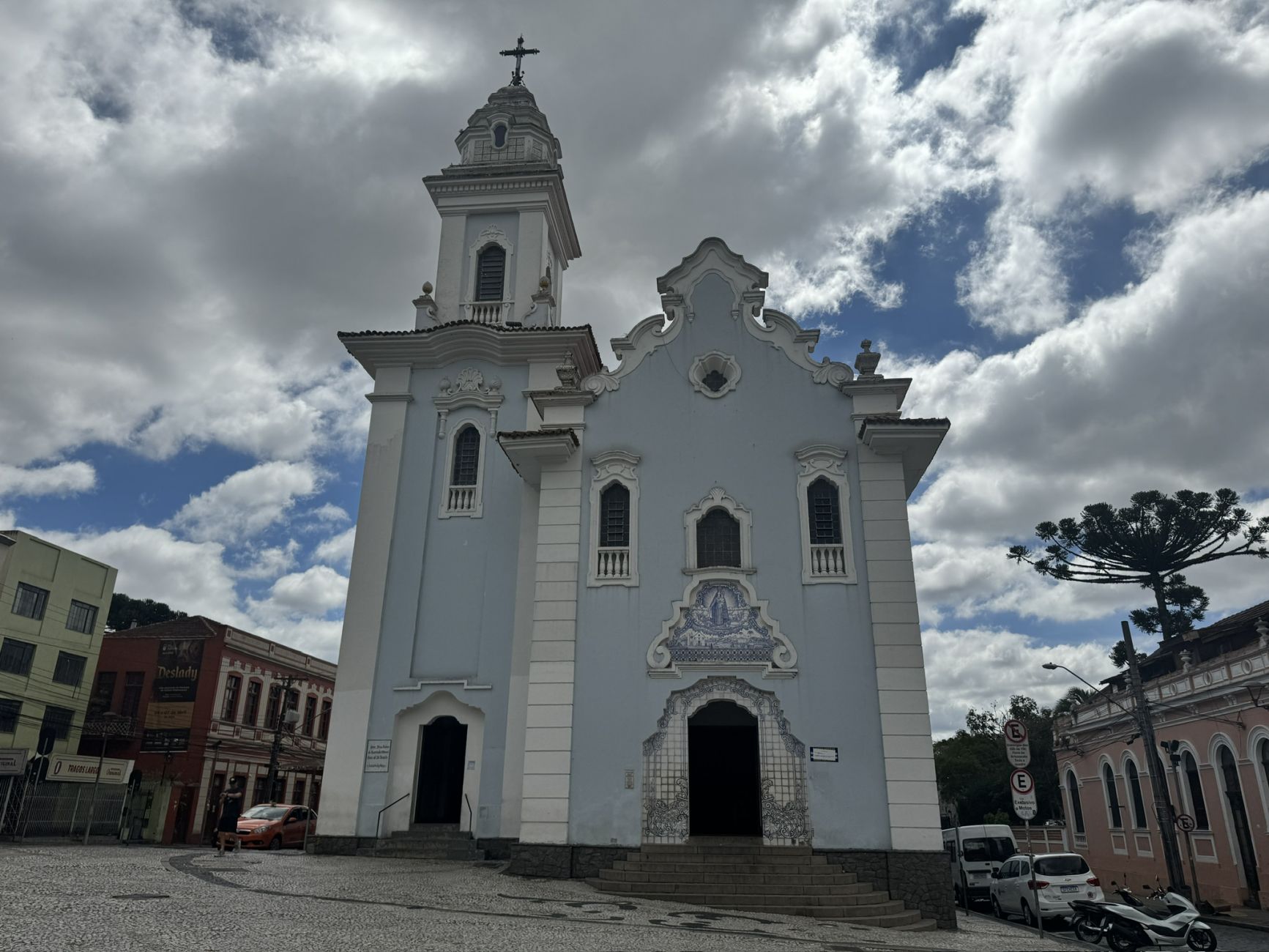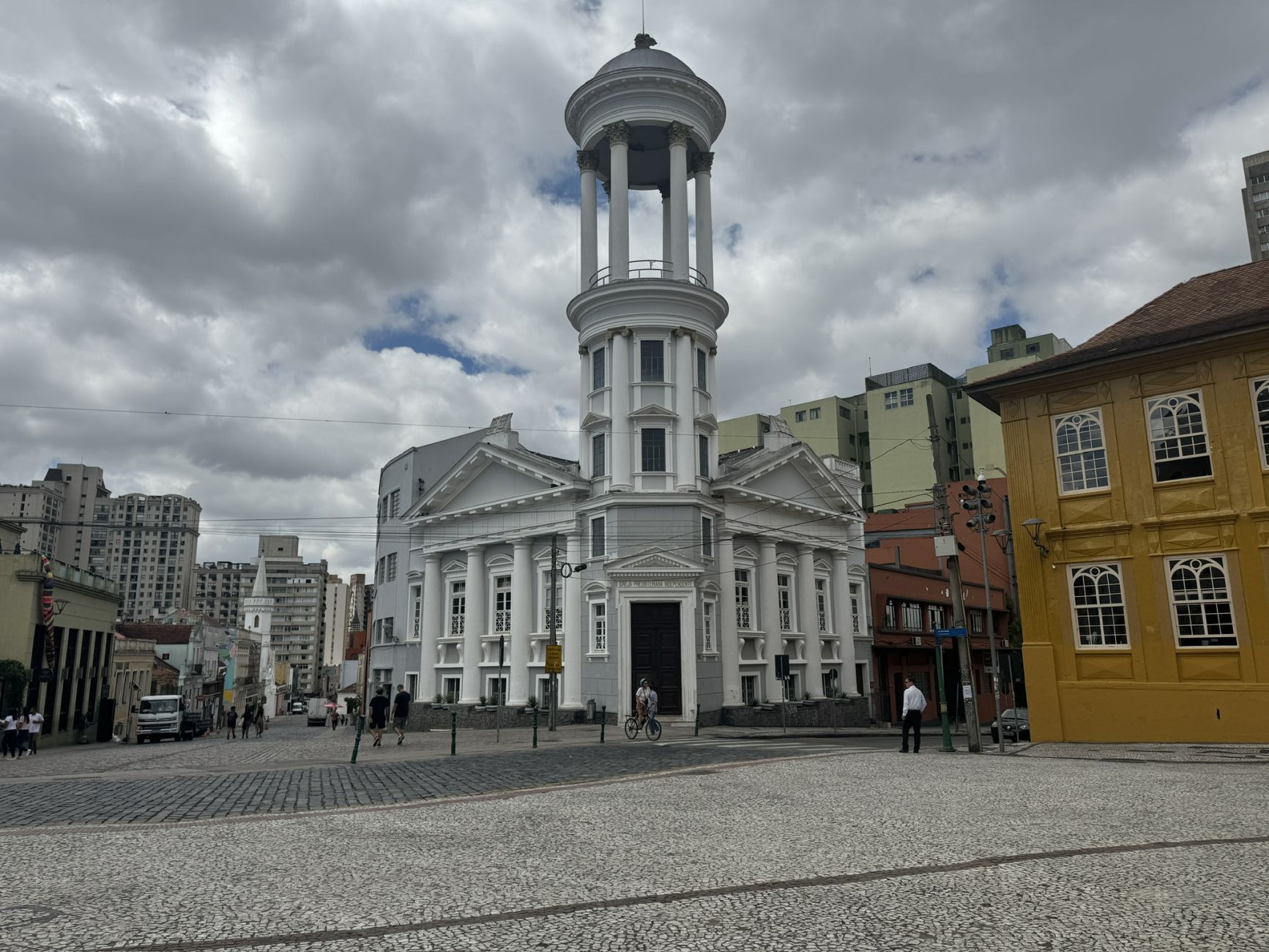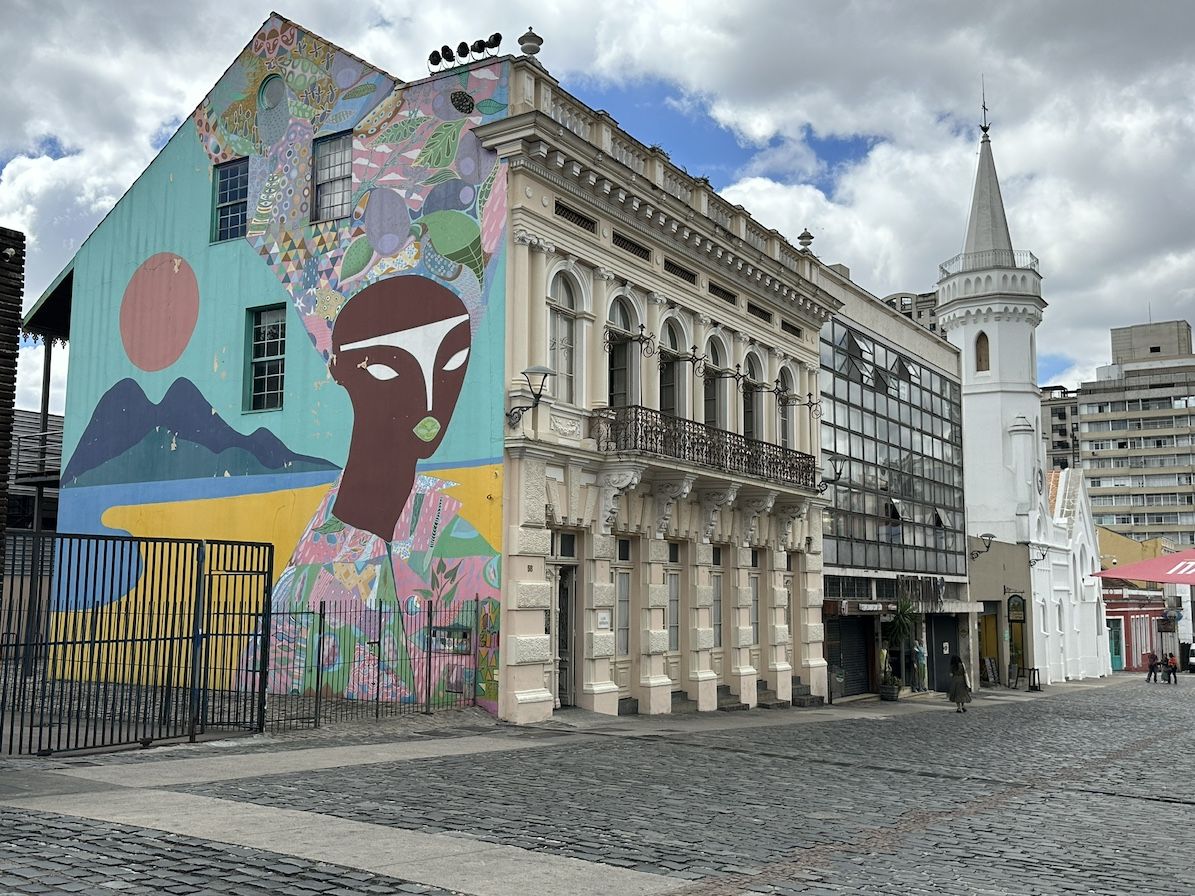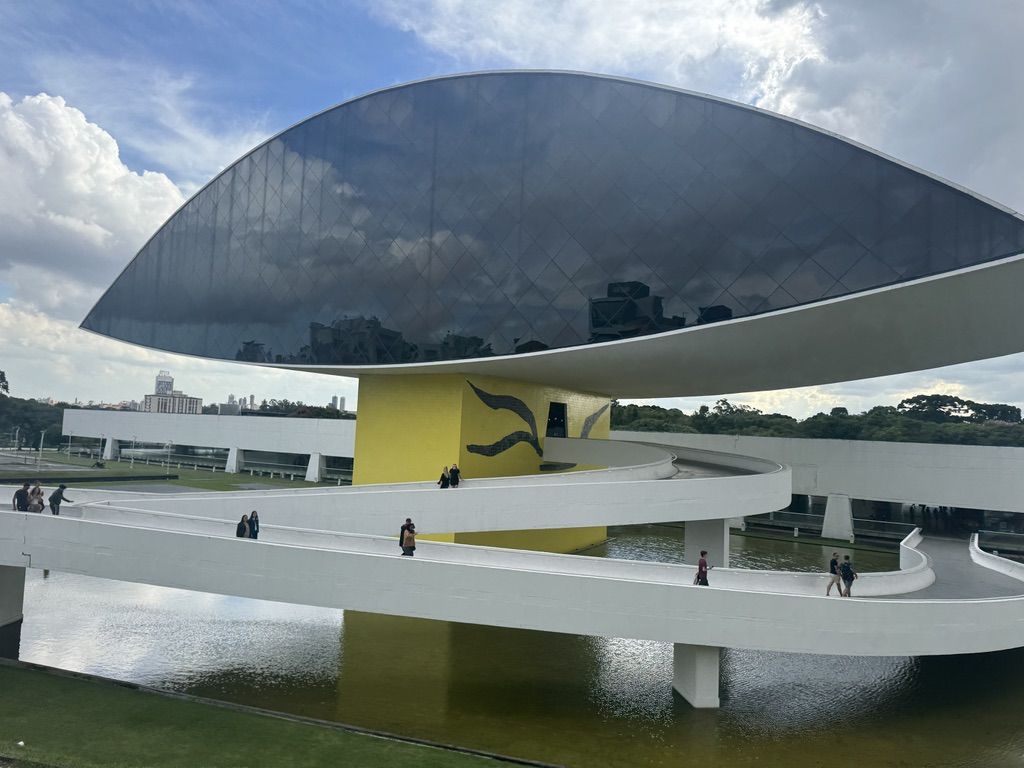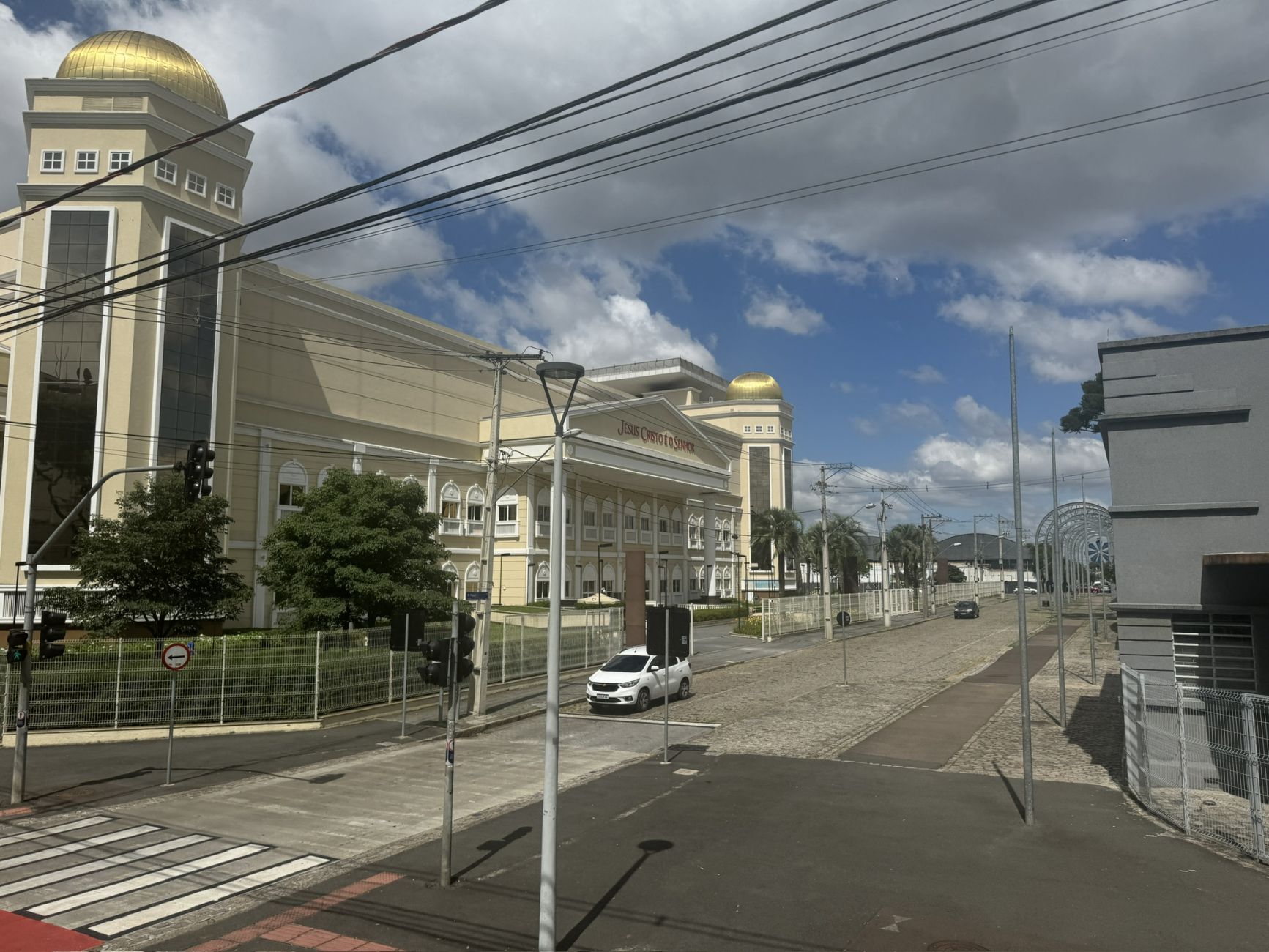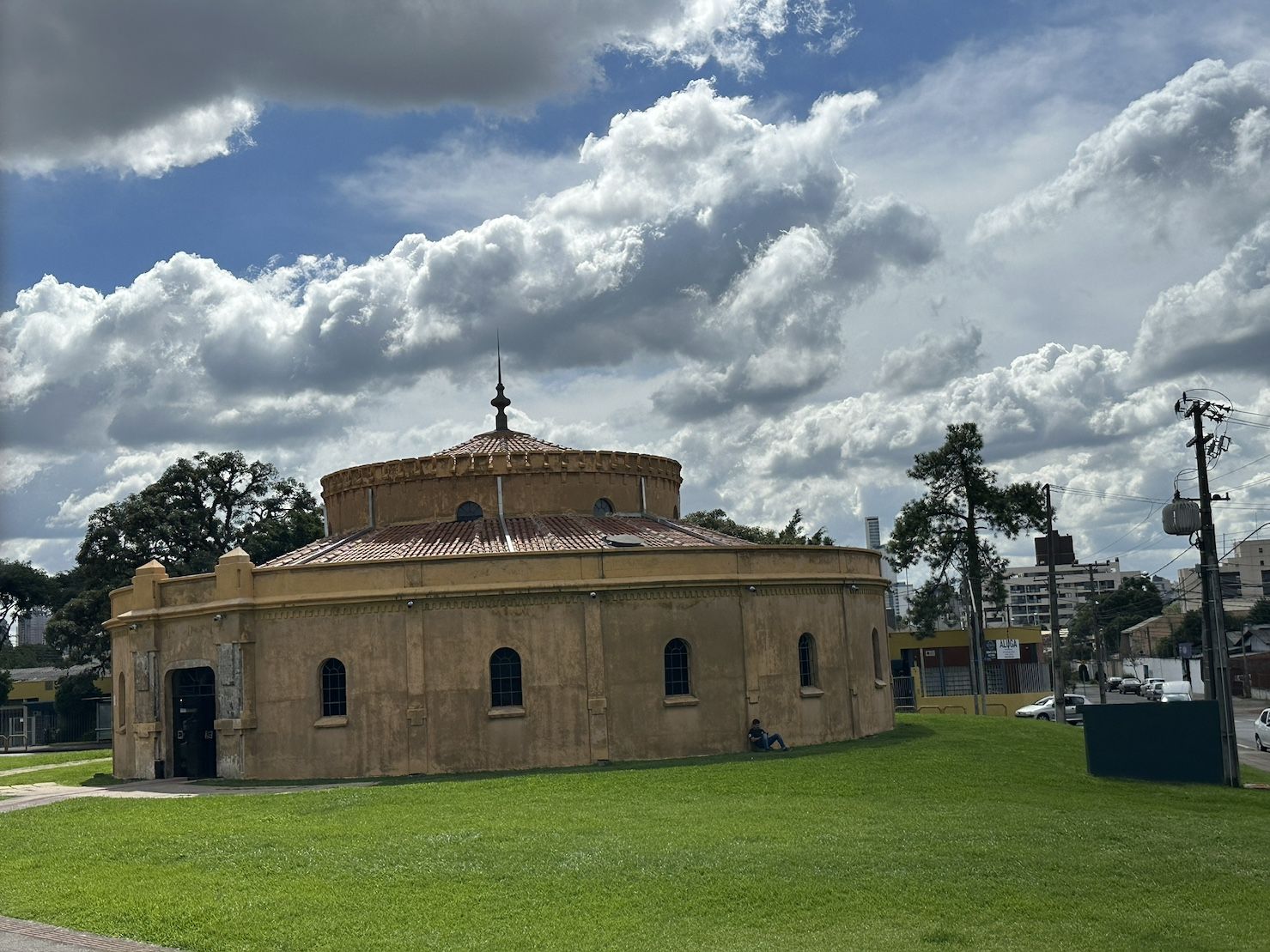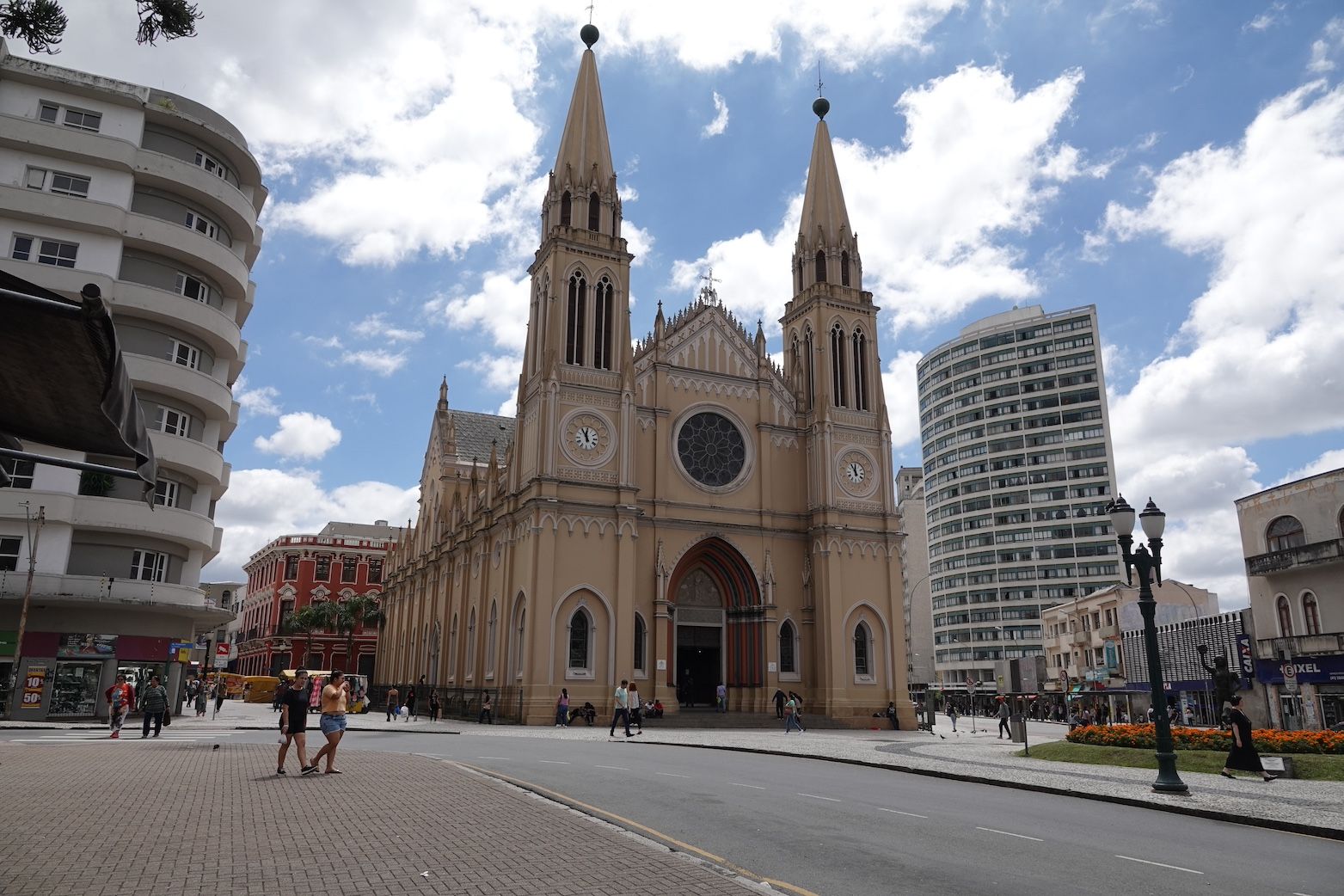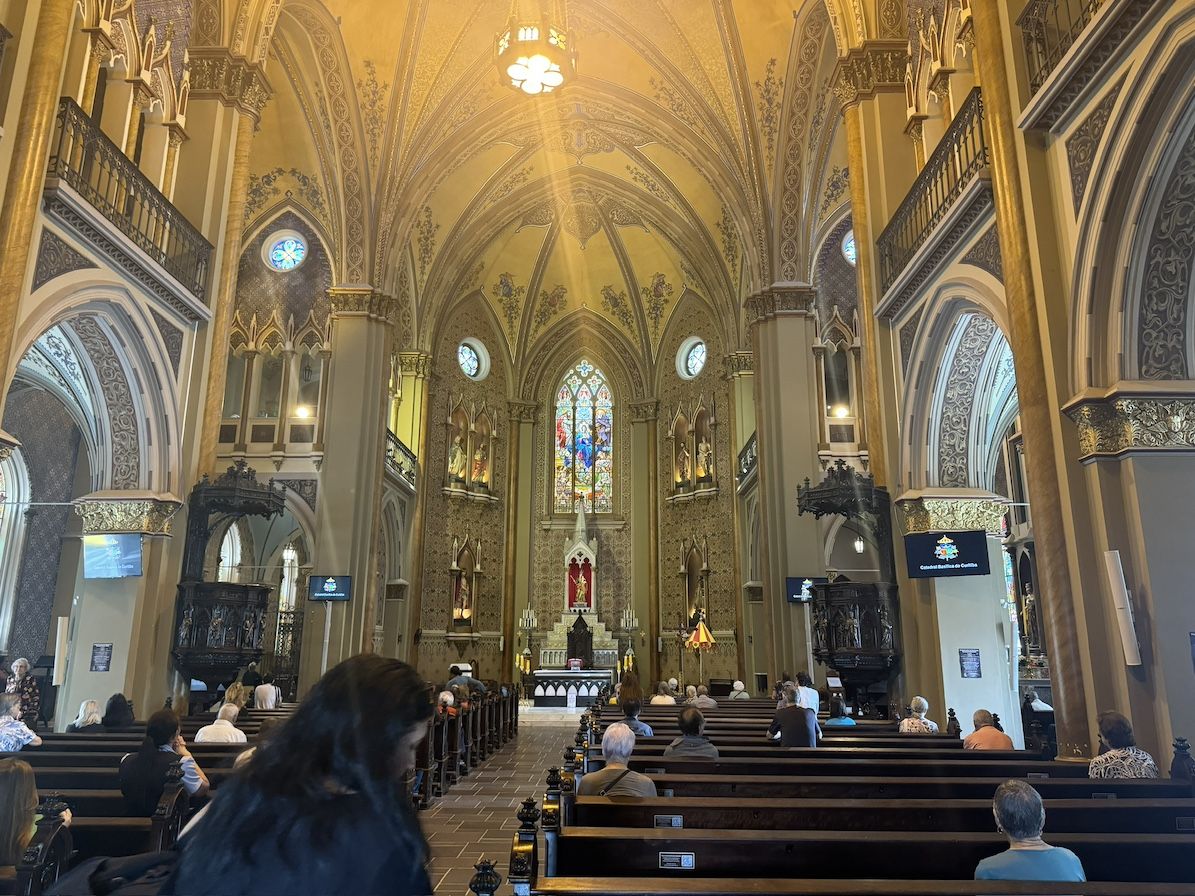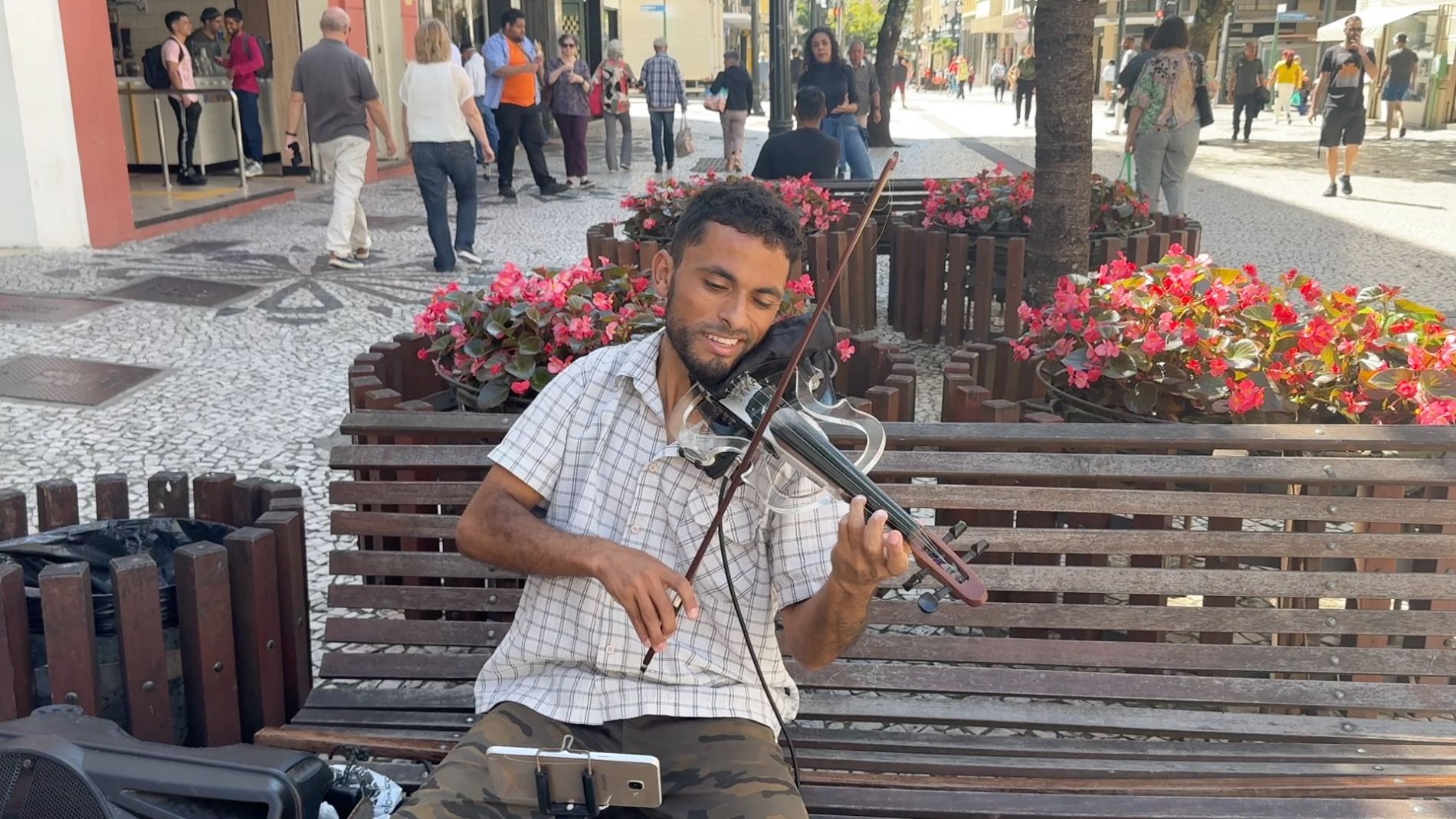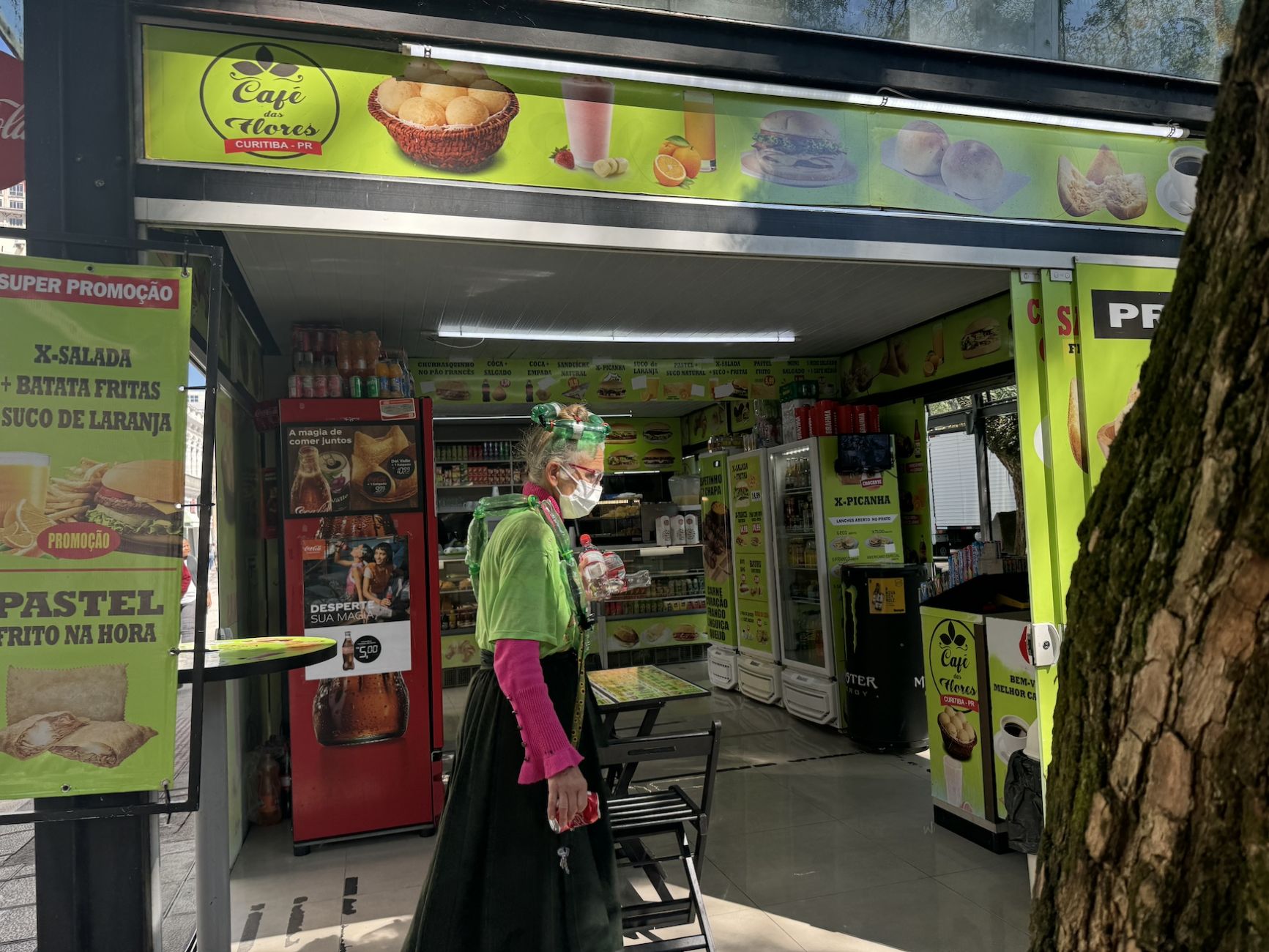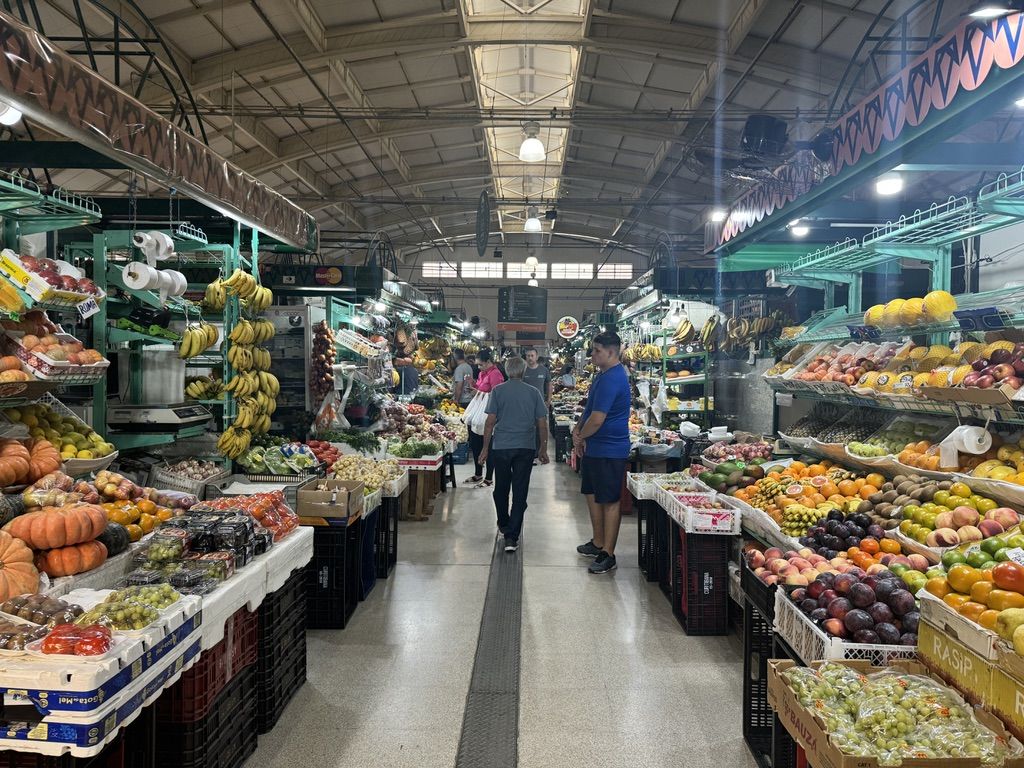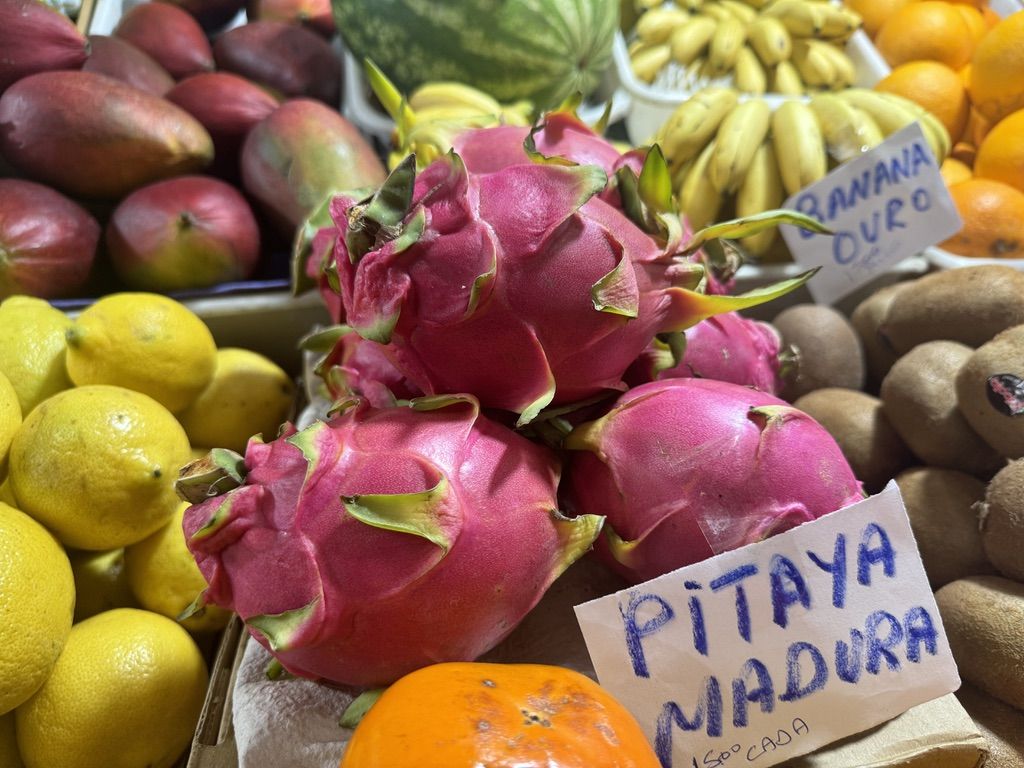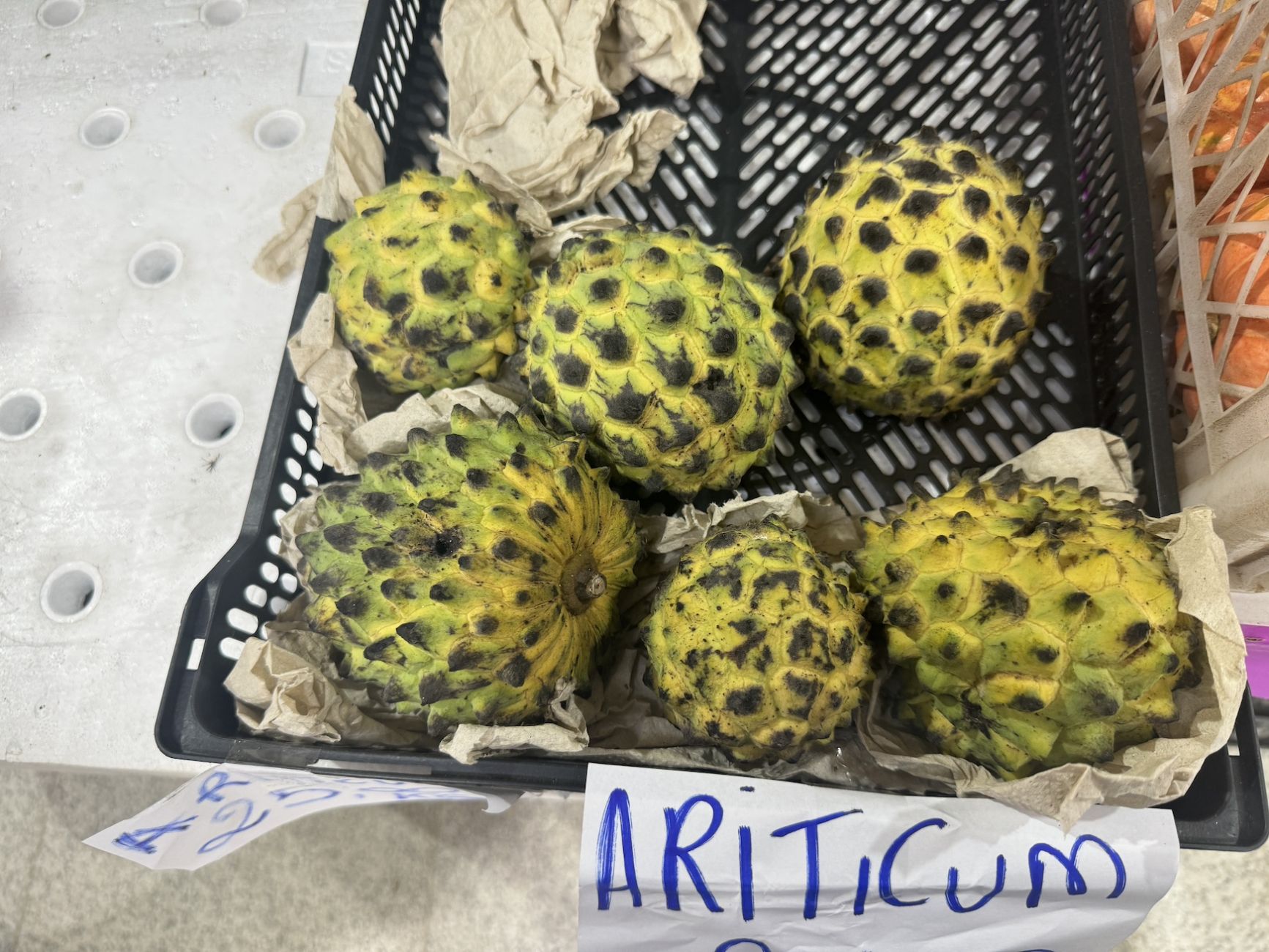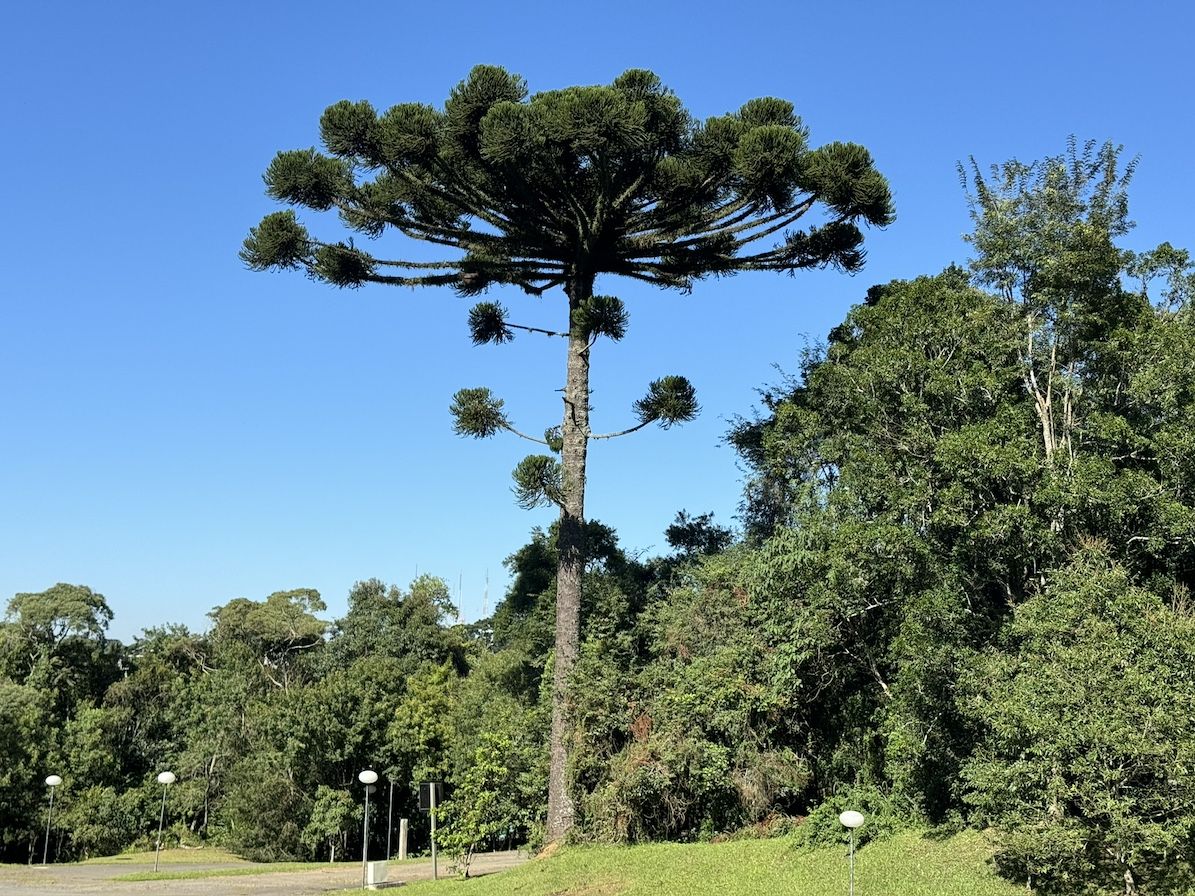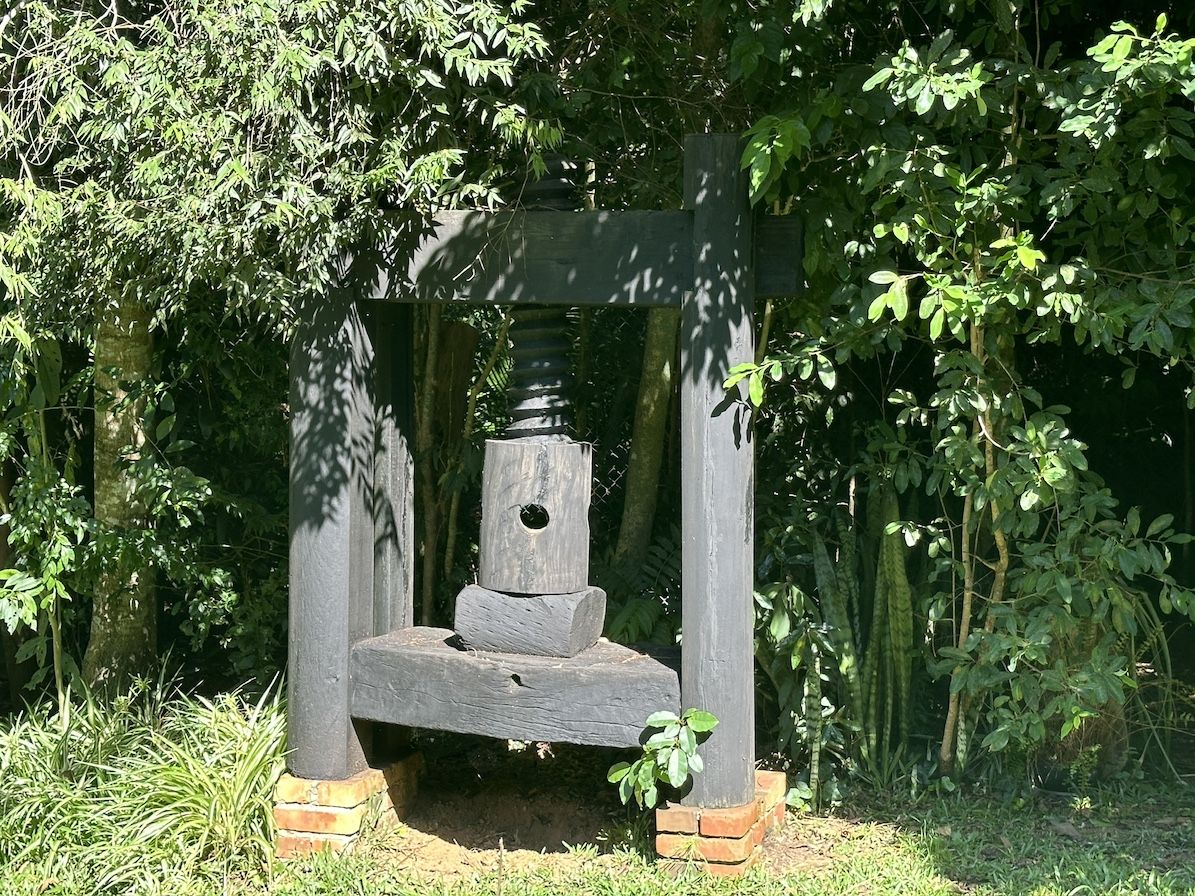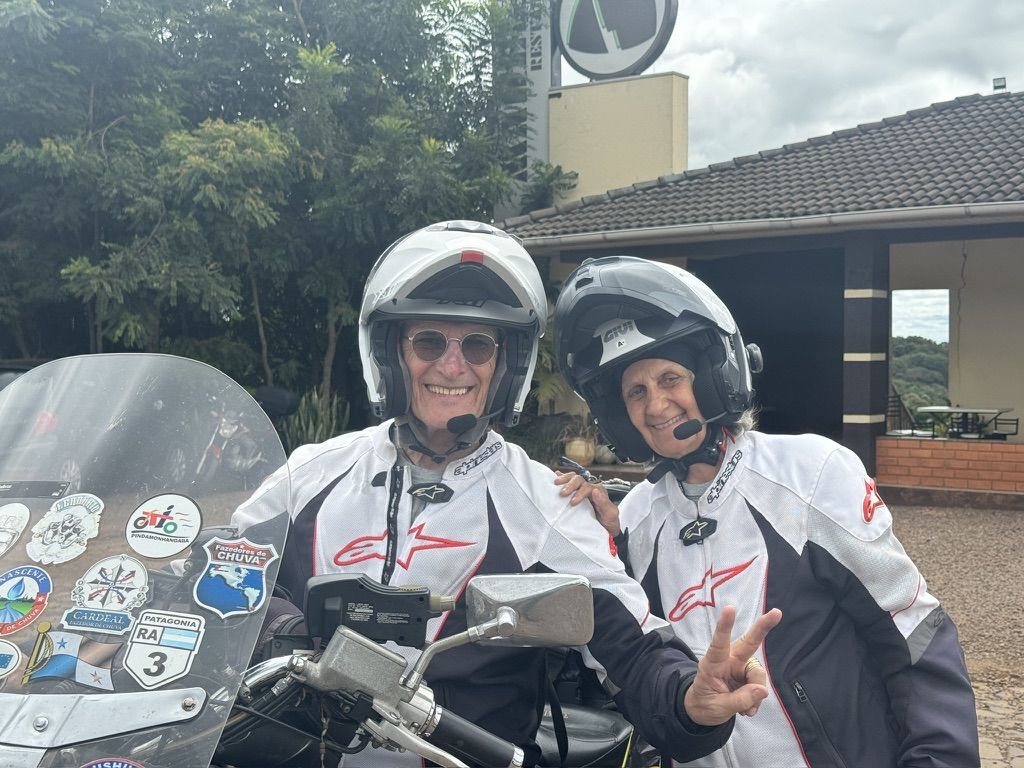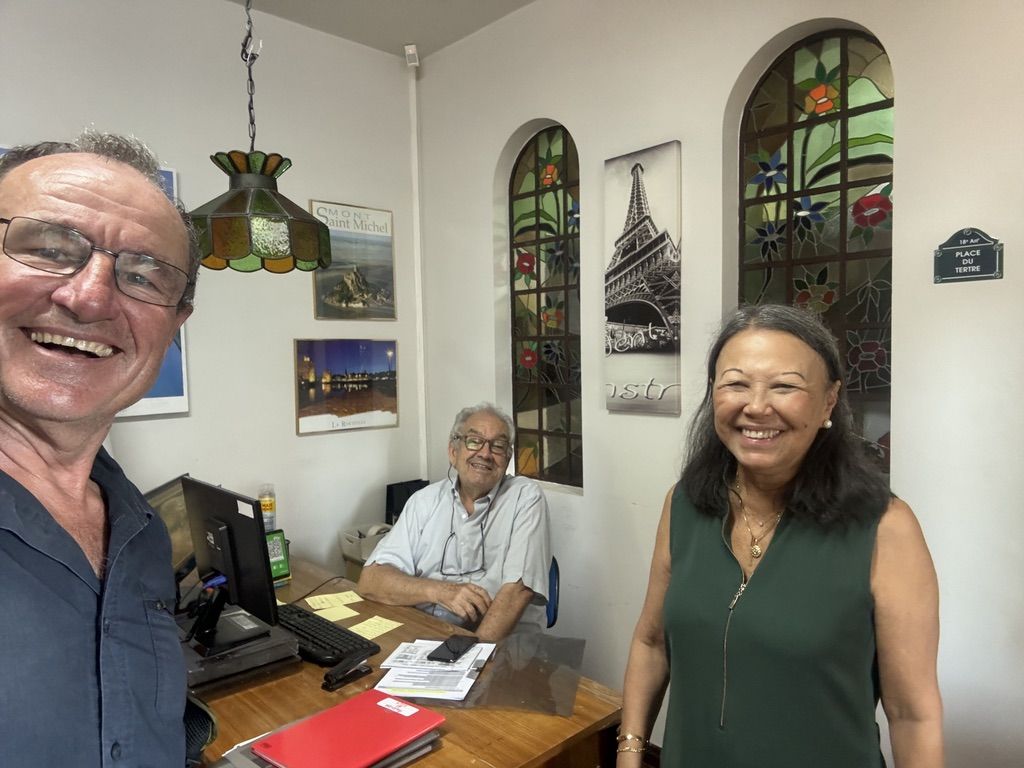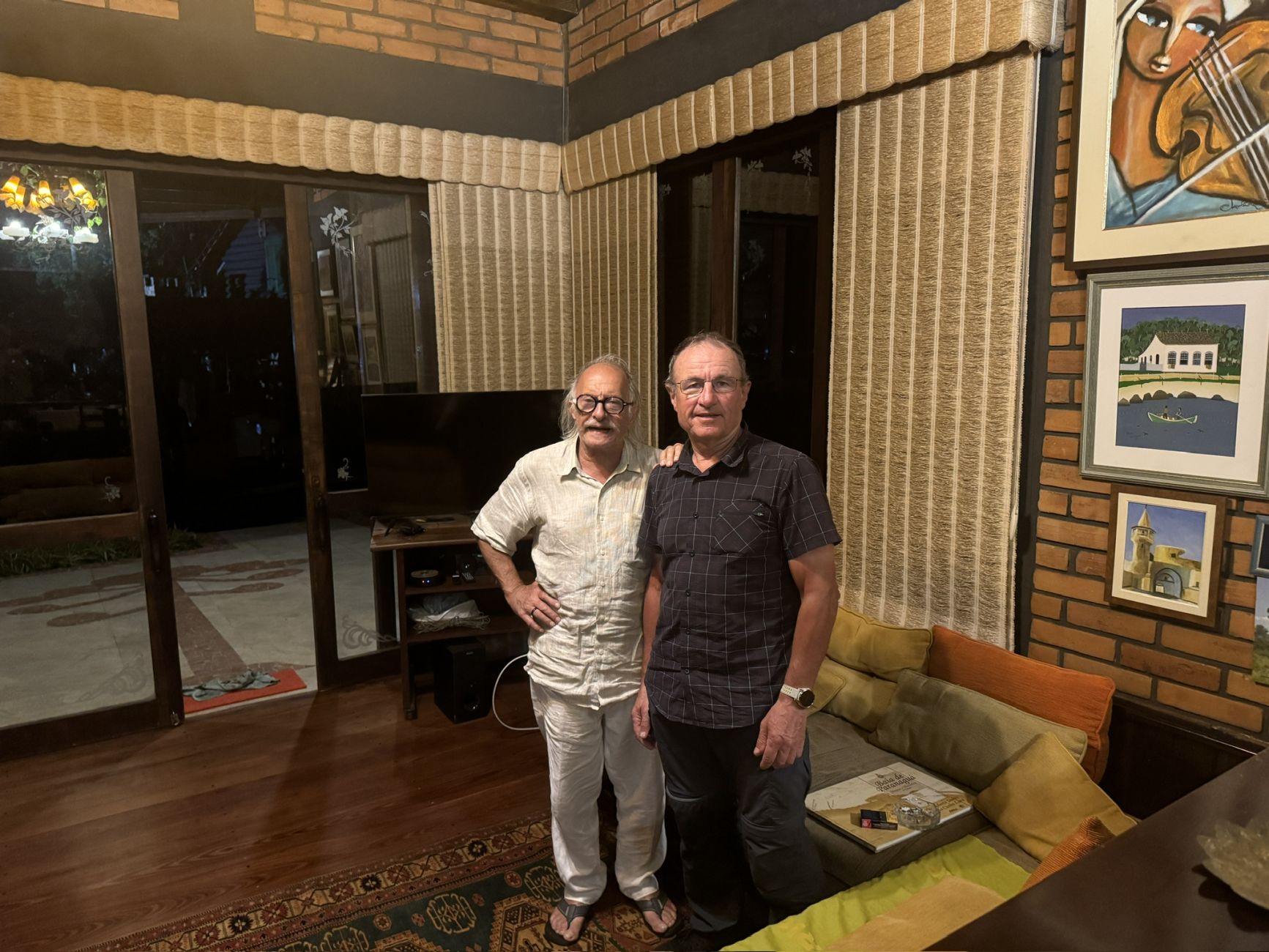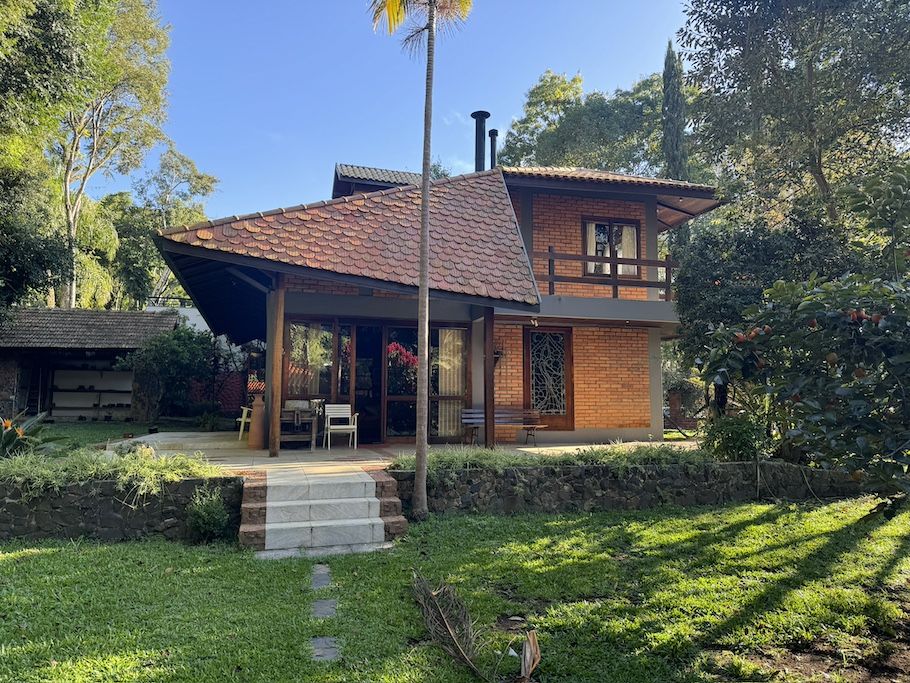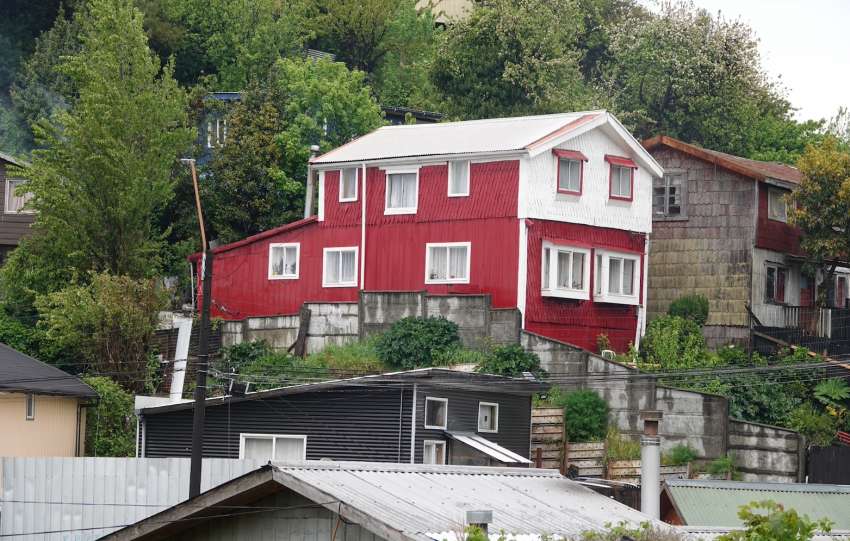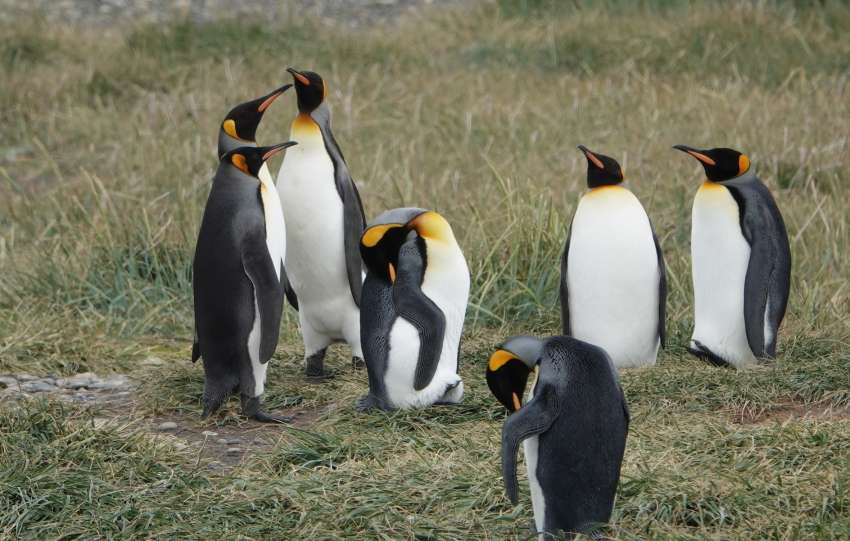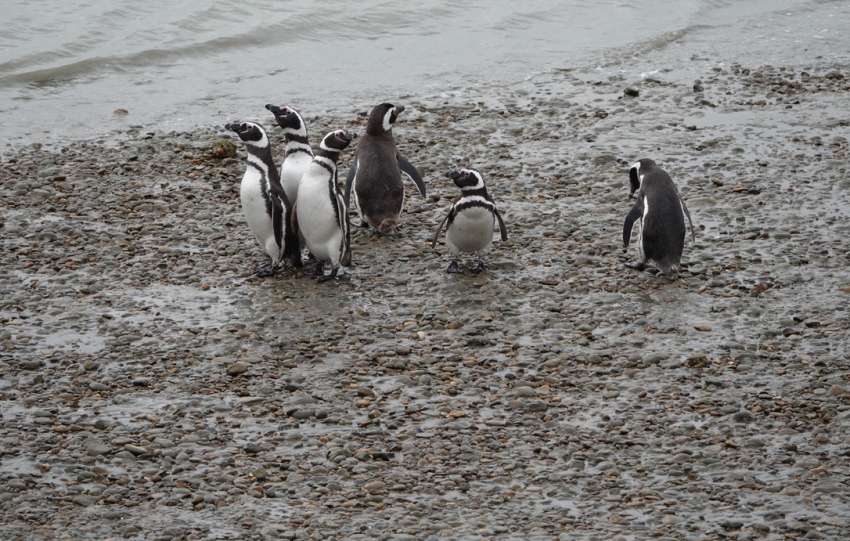Brasil
Share This Article
From Tuesday March 20 to Friday March 28, From Foz do Iguazú Brazilian border to Curitiba
A new world
Tuesday 20 departure to Brazil, the last country of our trip. Crossing the border is a simple formality. We are entering a country that seems like a new world, more commercial, richer, more incomprehensible as well. The Portuguese language of the country promises some puzzles. We find accommodation in the town of Foz do Iguaçú, it’s not easy, the places are touristy. We take advantage of this first day to stroll through the streets of the city.
The Itaïpu dam
Wednesday we visit the Itaïpu dam. It has long been the largest dam in the world. It has since been surpassed by that of the Three Gorges in China. At the time, construction required building a city for 100,000 inhabitants. It was built on the Paraná River on the border of Brazil and Paraguay between 1975 and 1984. The building is 10km long and has an electrical power of 14,000MW, which is equivalent to more than 10 French nuclear power plants. The installation is impressive, 1 million people visit the site each year. It belongs to Paraguay and Brazil who share production.
In the evening we have the chance to meet Maria Rosa and Samson responsible for the French alliance of Foz do iguaçu. A place where the French language is taught.
A tornado and a native area
Thursday March 21 we leave Foz do Iguaçú at dawn, again to avoid the heat of the afternoon. After 10 km, we were caught in a tornado and downpours which forced us to take shelter very quickly because the wind was so violent. For safety we shorten our day and sleep in the village of Santa Terézinha.
Friday and Saturday bring us to Ceu Azul and then to Cascavel, a town of 300,000 inhabitants. We meet a lot of local cyclists there. The city’s policy is the development of cycle paths, they are everywhere. It is possible to cross the entire city on these. We visit the magnificent Metropolina Cathedral with its very modern style.
The following days are quite repetitive. We drive in the middle of immense corn fields, here the surfaces are counted in thousands of hectares.
We cross an indigenous area, it’s strange because we are warned by road signs. This situation gives the impression that they have been herded like cattle in a place in Brazil. On the roadsides, many natives with very typical faces sell their own products. Poverty seems omnipresent.
Curitiba.
Tuesday, the road being somewhat boring and with heavy road traffic, we reach Curitiba by bus where we meet Djamil who will host us for three nights.
Wednesday and Thursday we visit Curitiba, a city of 2 million inhabitants with more than 300km of cycle paths. The historic district is magnificent. The style of the city was influenced by Niemeiyer the architect who designed the city of Brasilia, the country’s capital.
Our route:
During these 9 days we traveled 304 km on the roads of Brazil. Find the route map updated regularly by clicking on this link
Our meetings:
- Maria Rosa and Samson responsible for the French alliance.
- Dolor and Angela a couple of bikers met at the restaurant. Dolor speaks French.
- Djamil who hosted us for three nights. He was a professor of psychoanalysis and psychology. A very cultured person.
Did you know: Brasilia is the capital of Brazil. It was artificially built in the center of the country to promote the economic development of the country. In terms of size, it is only the 3rd largest city in the country, with Rio de Janeiro and Sao Paolo being the two largest cities in the country.

